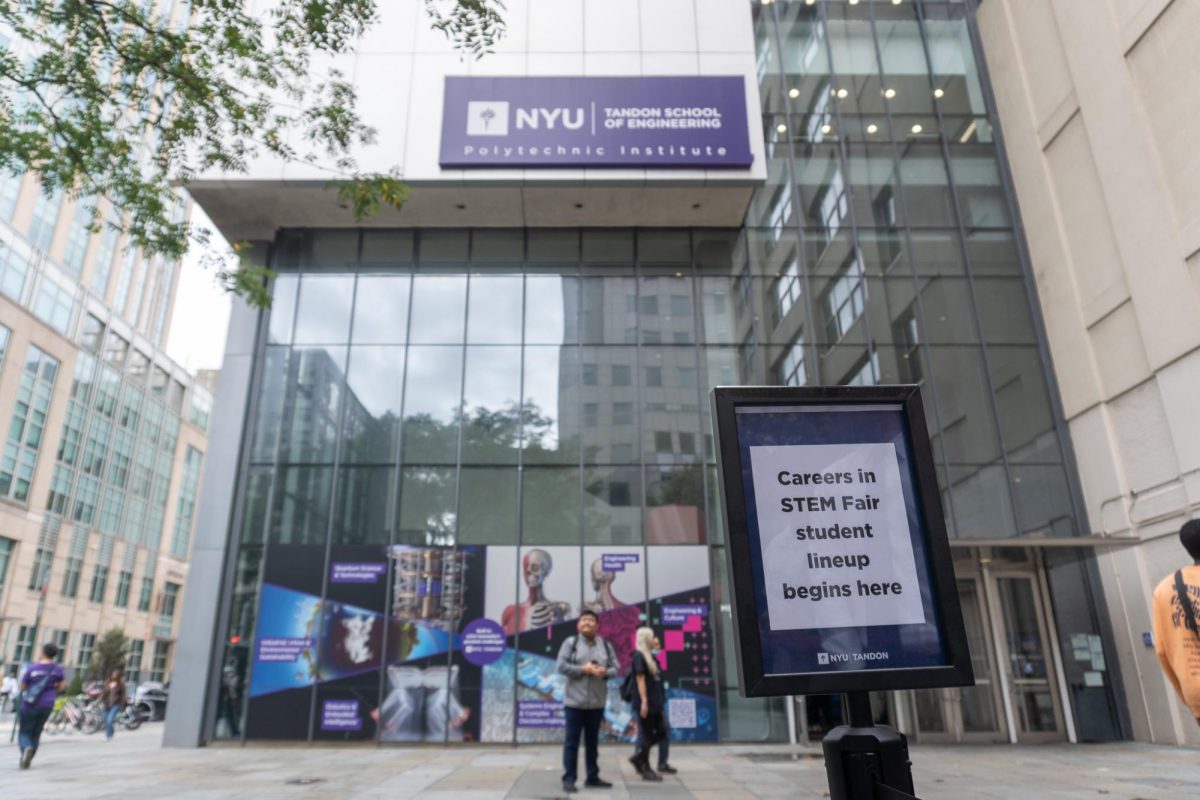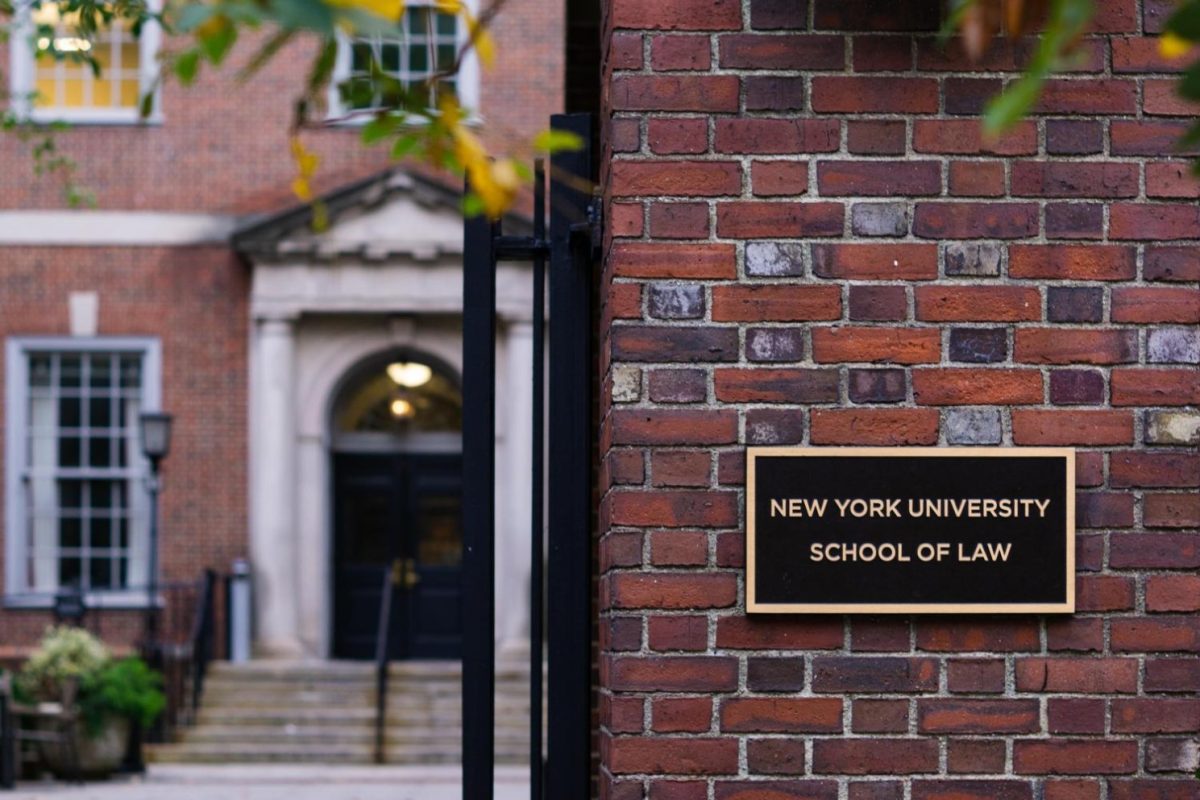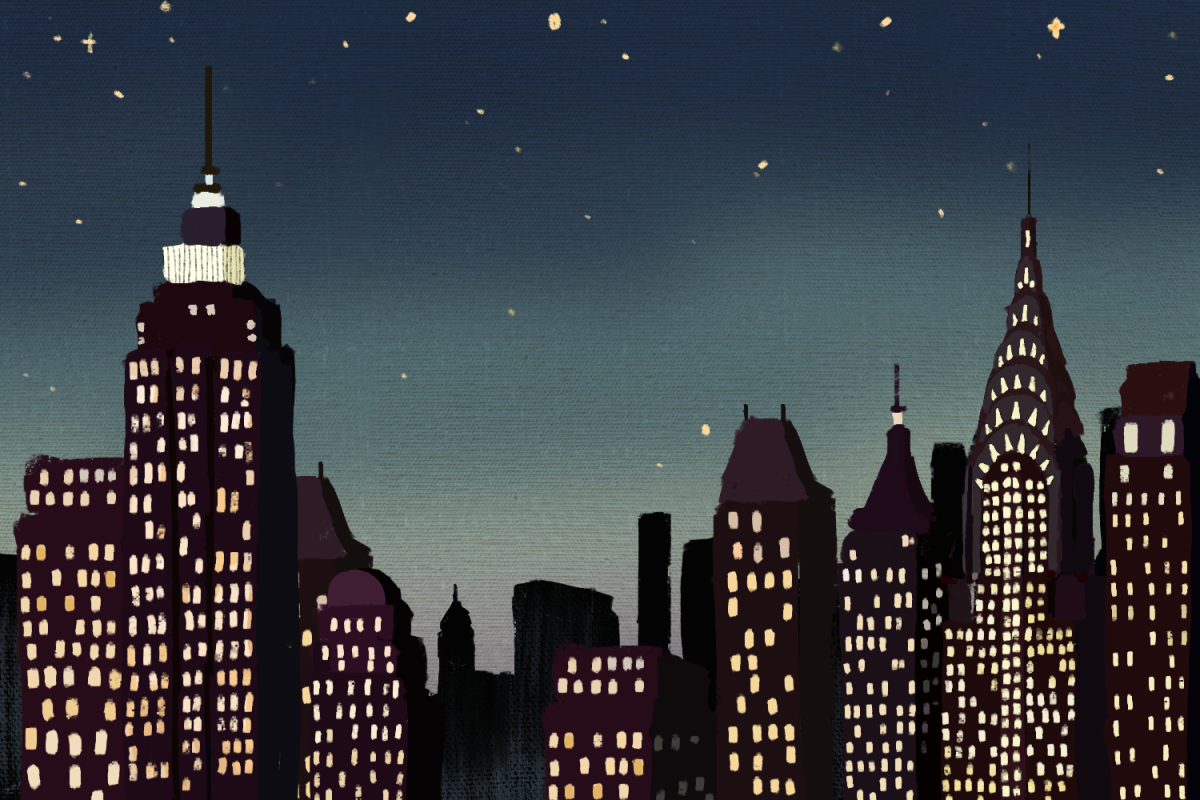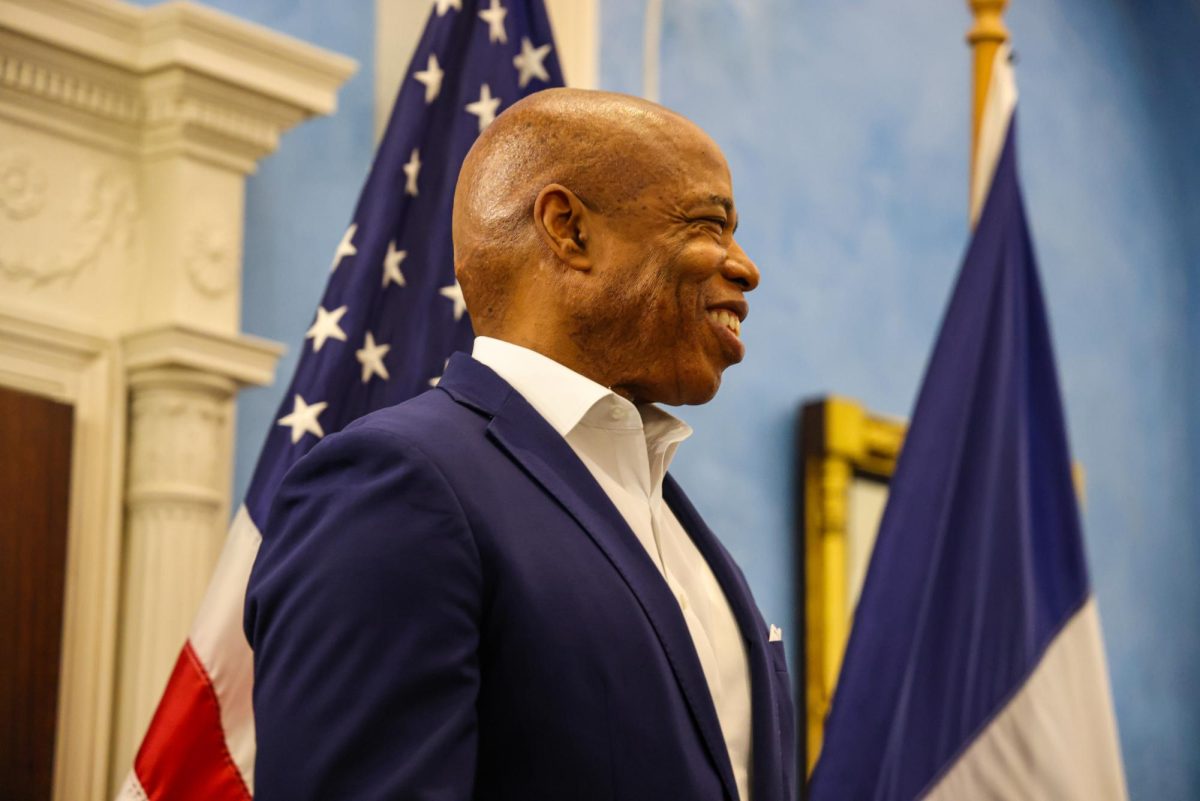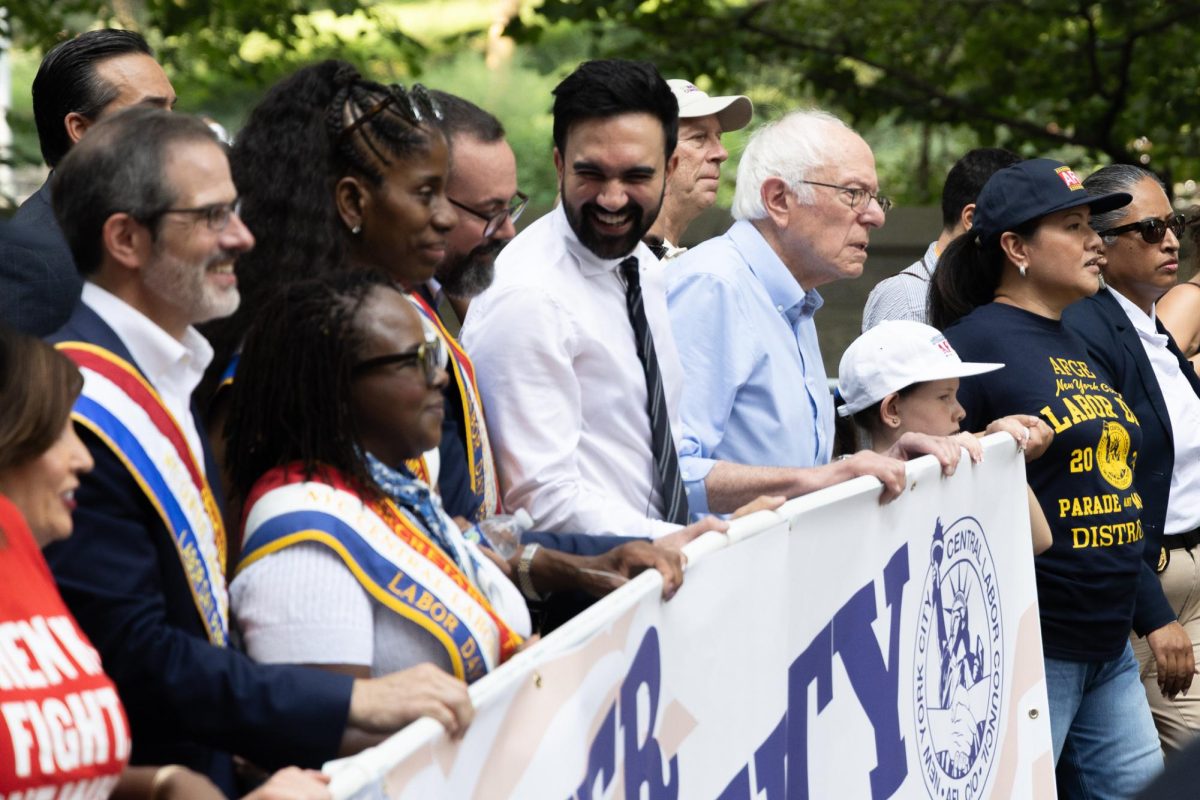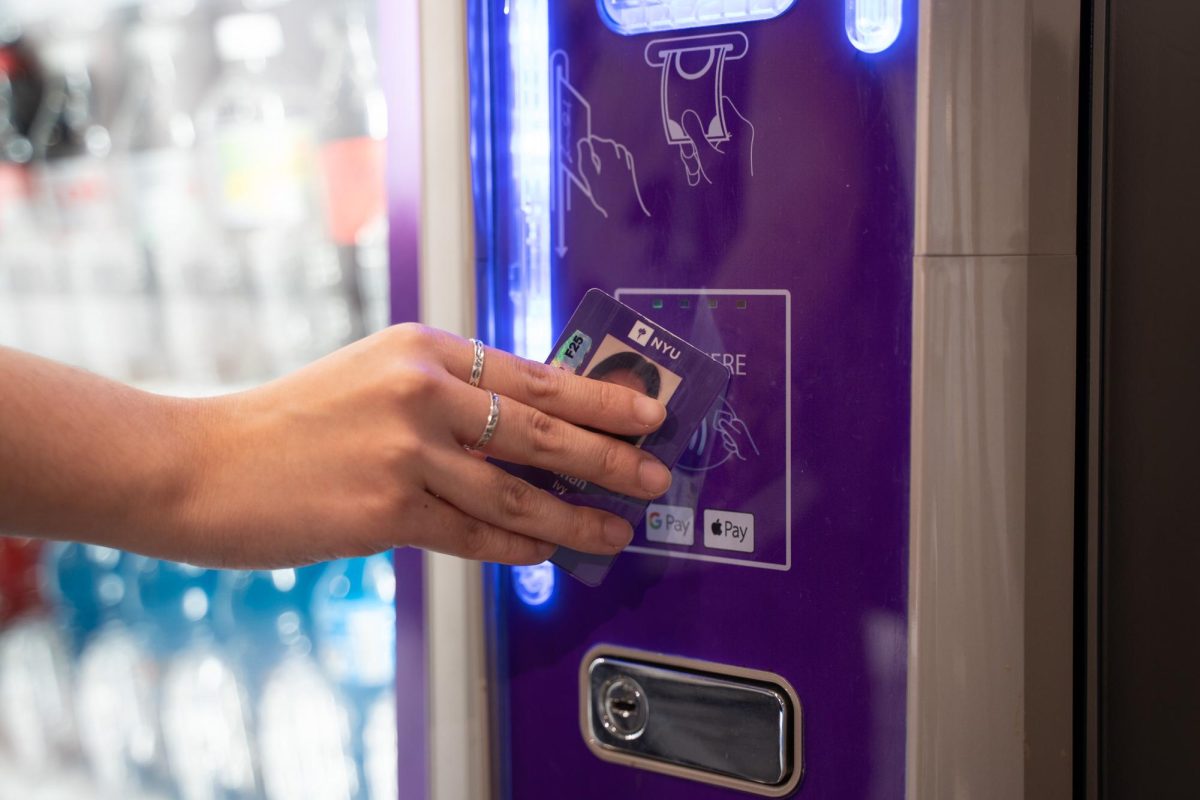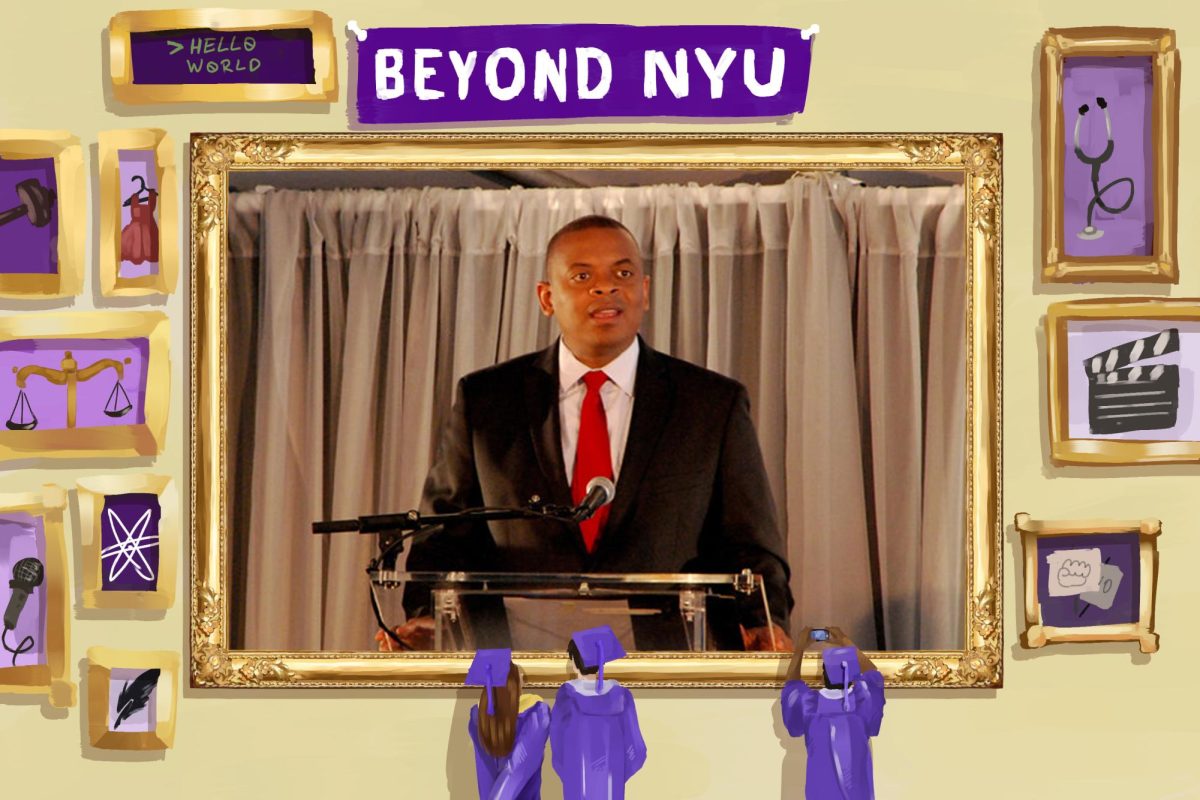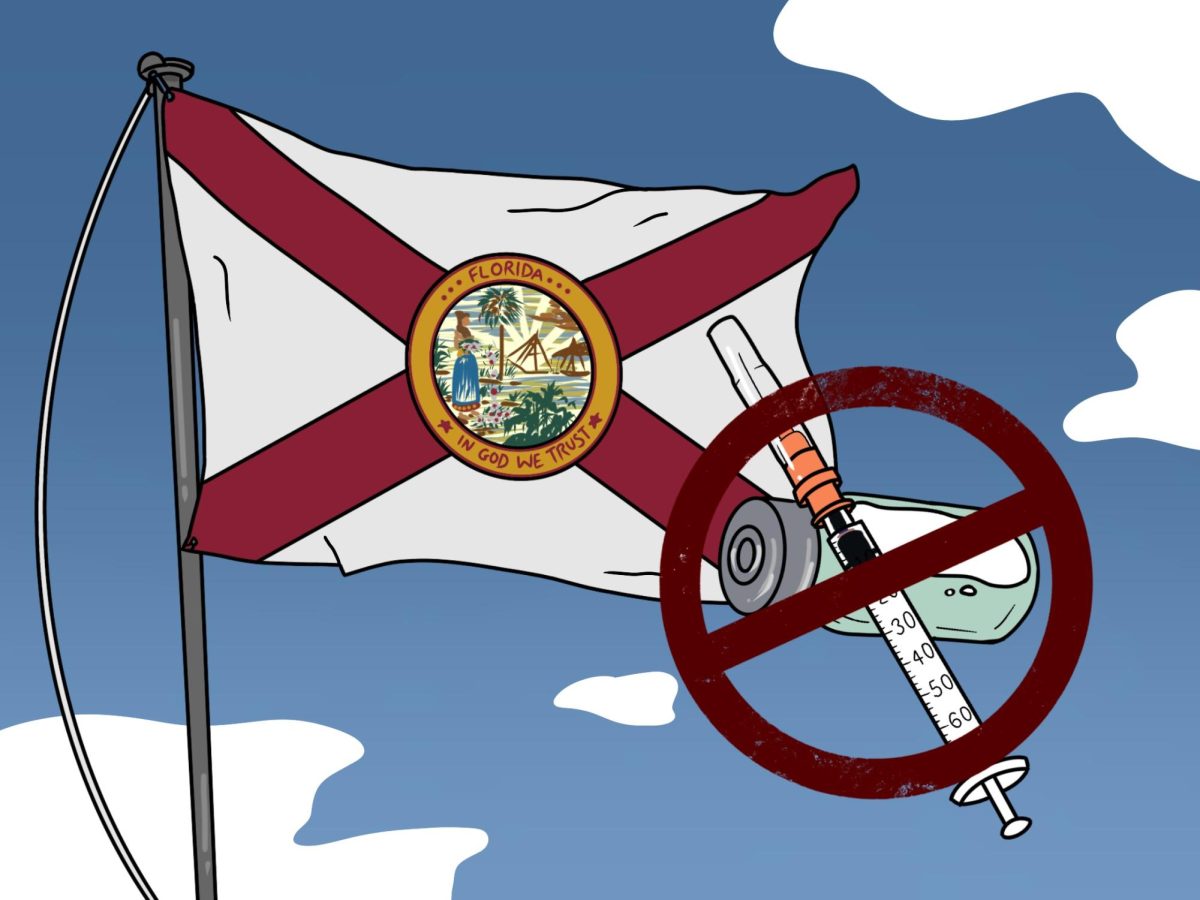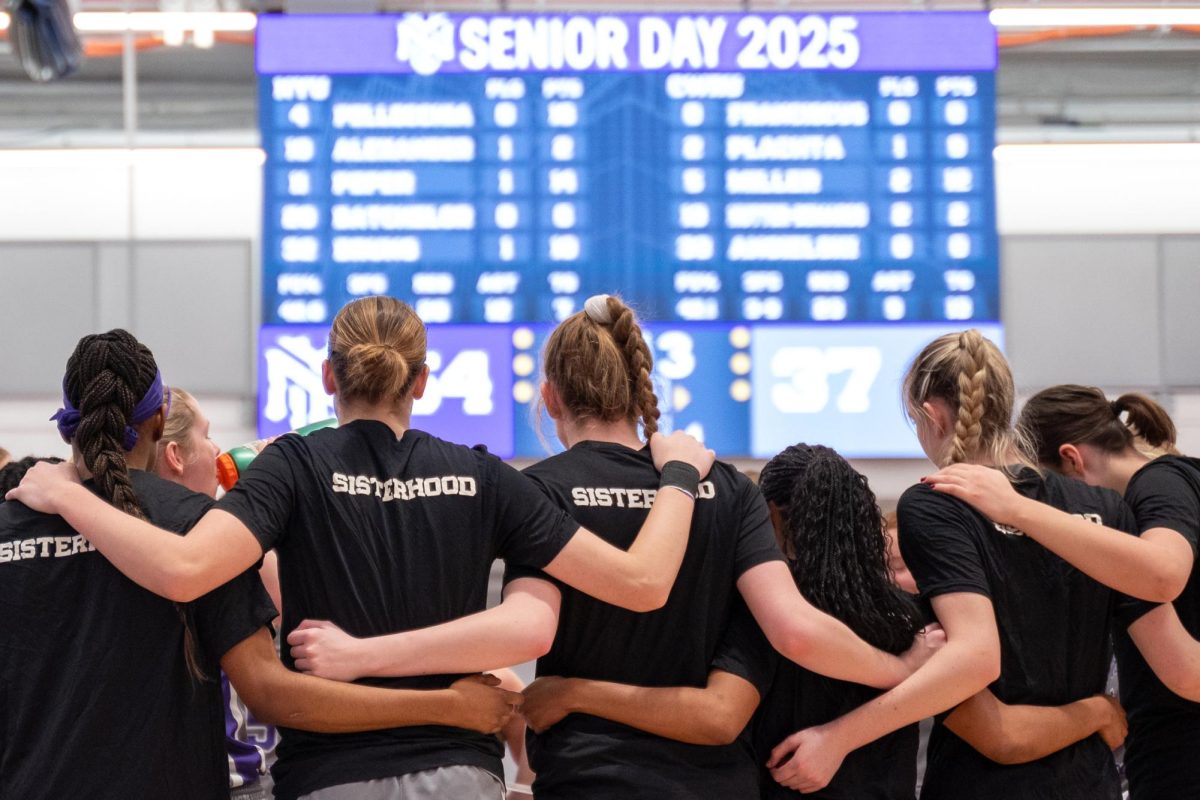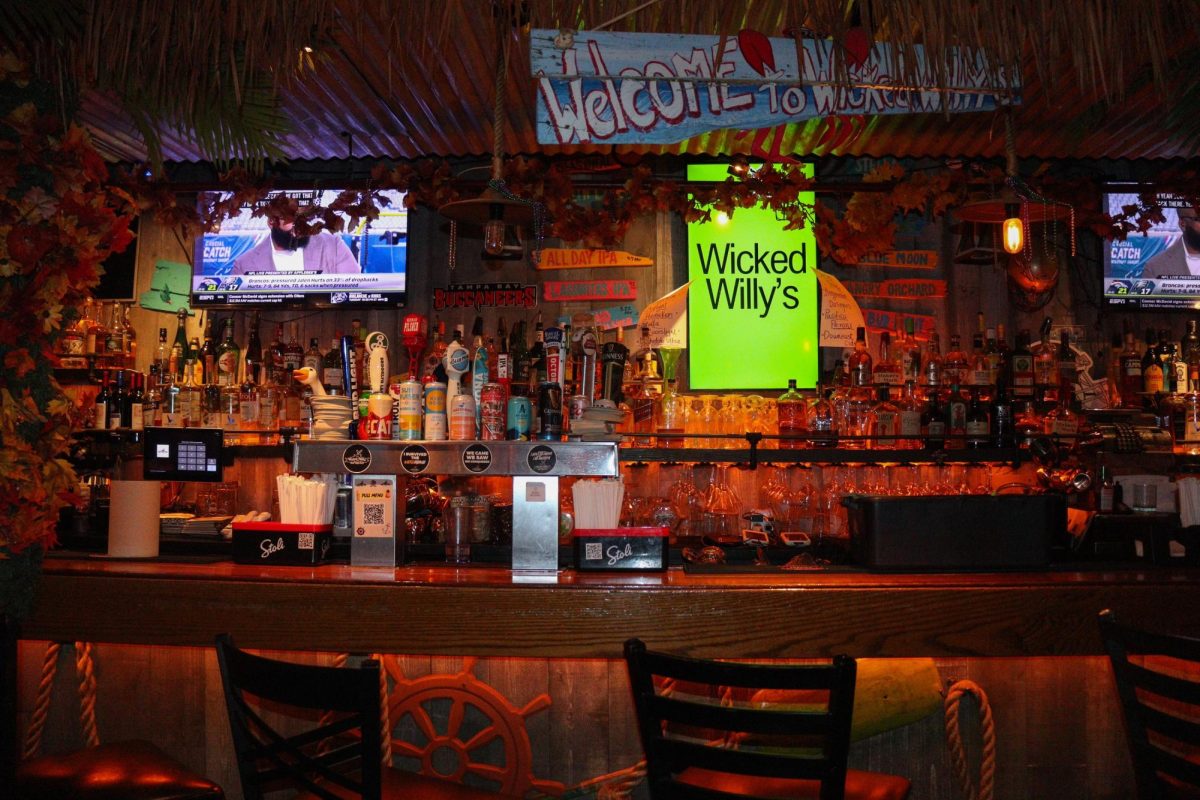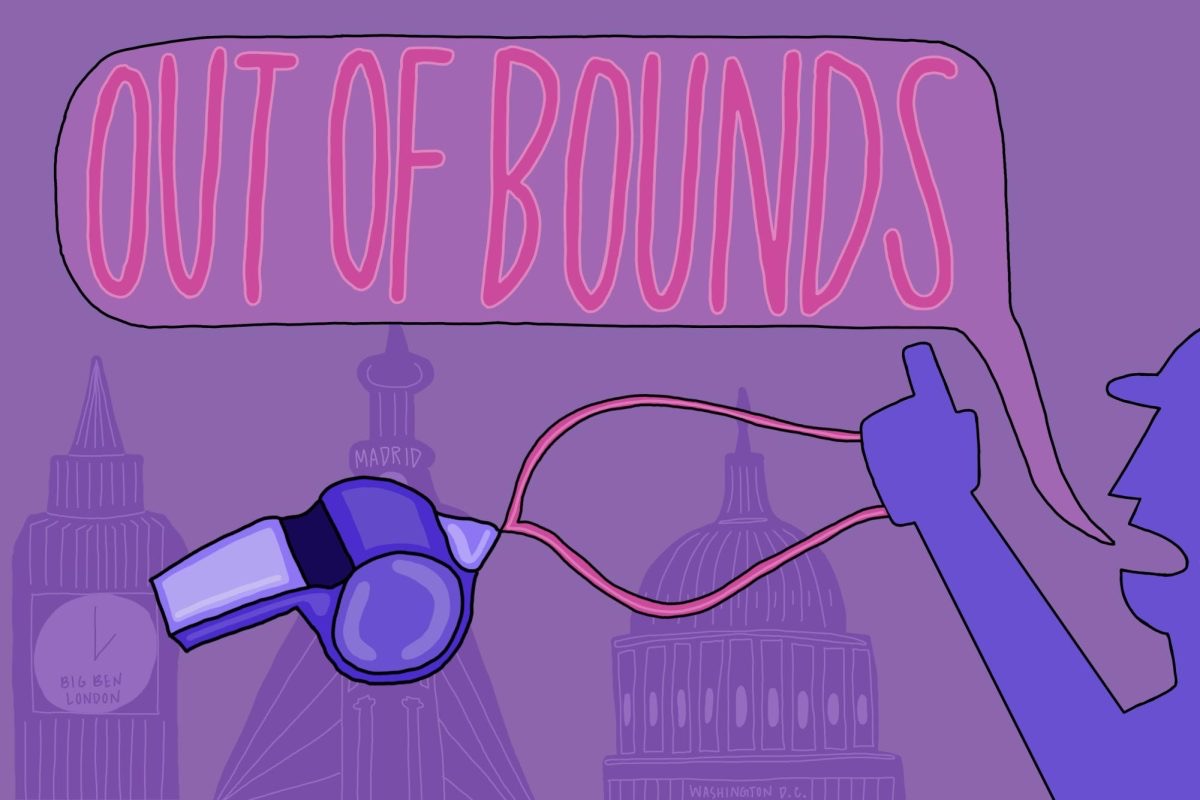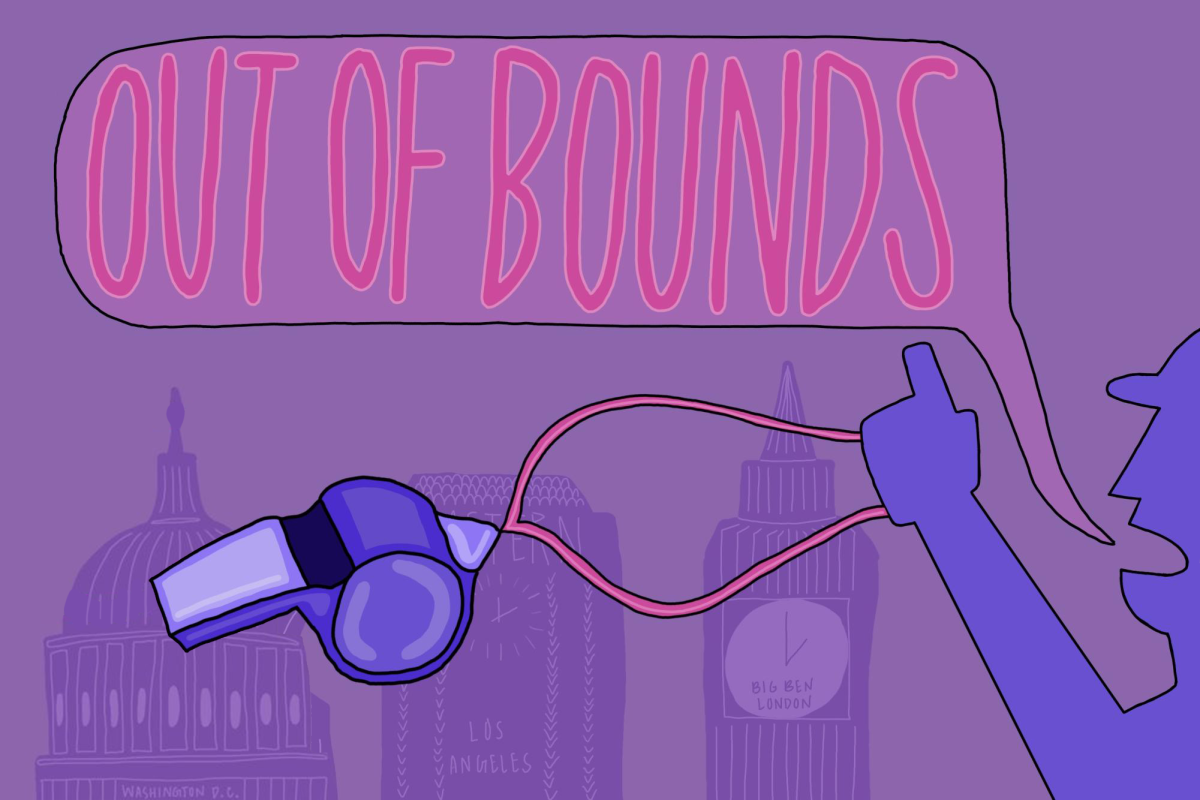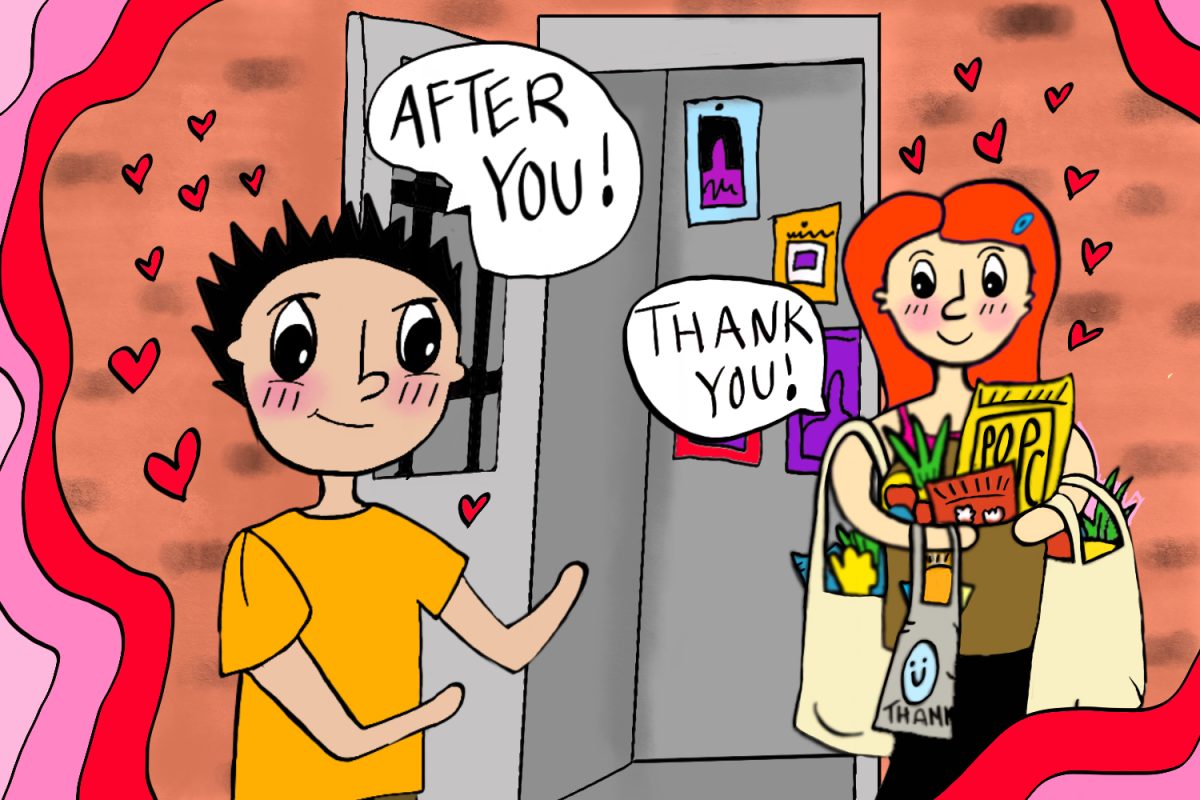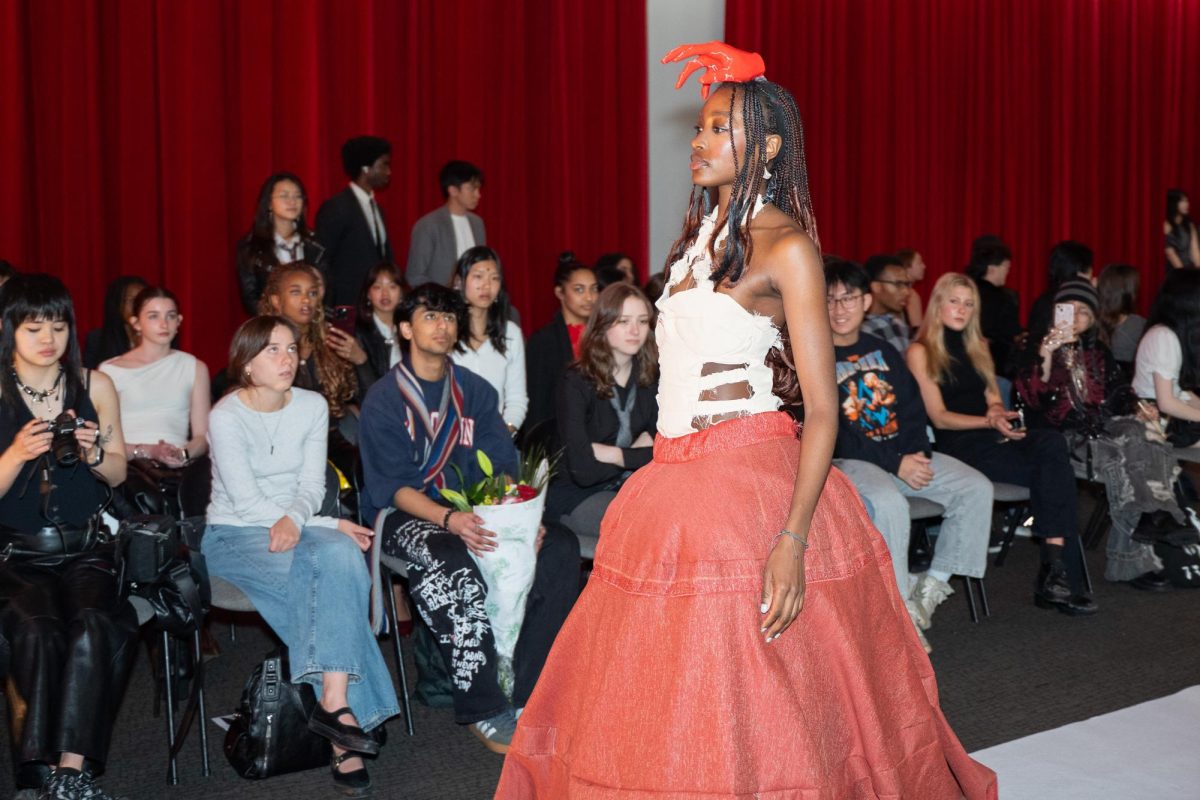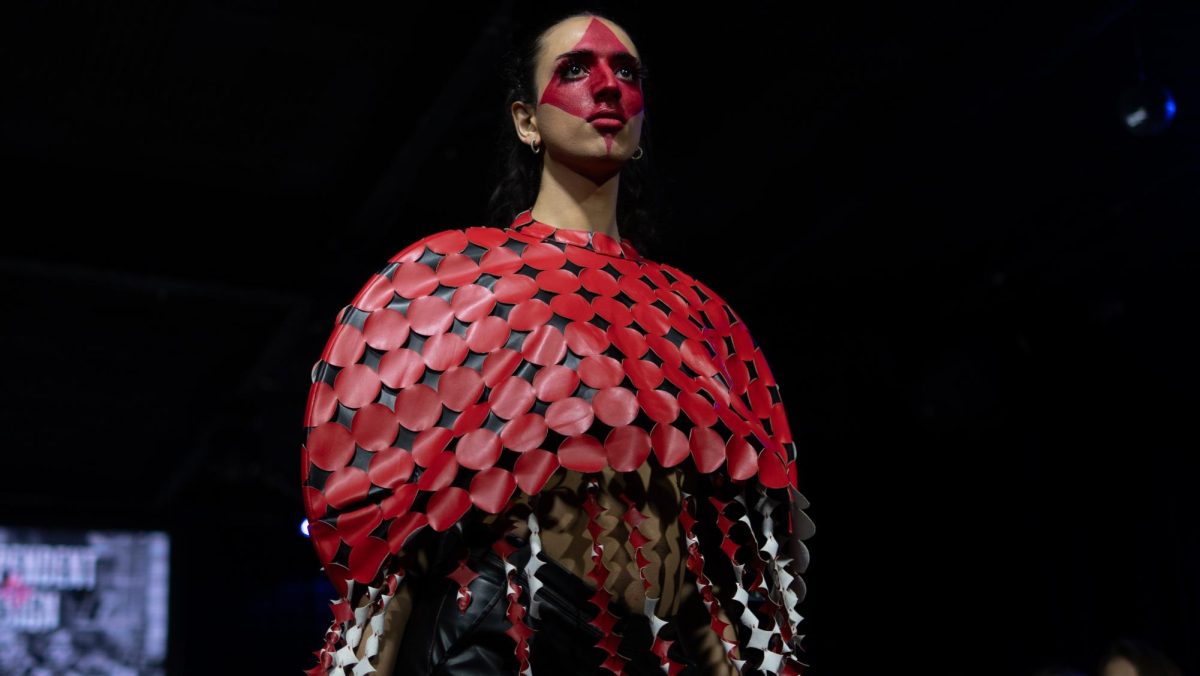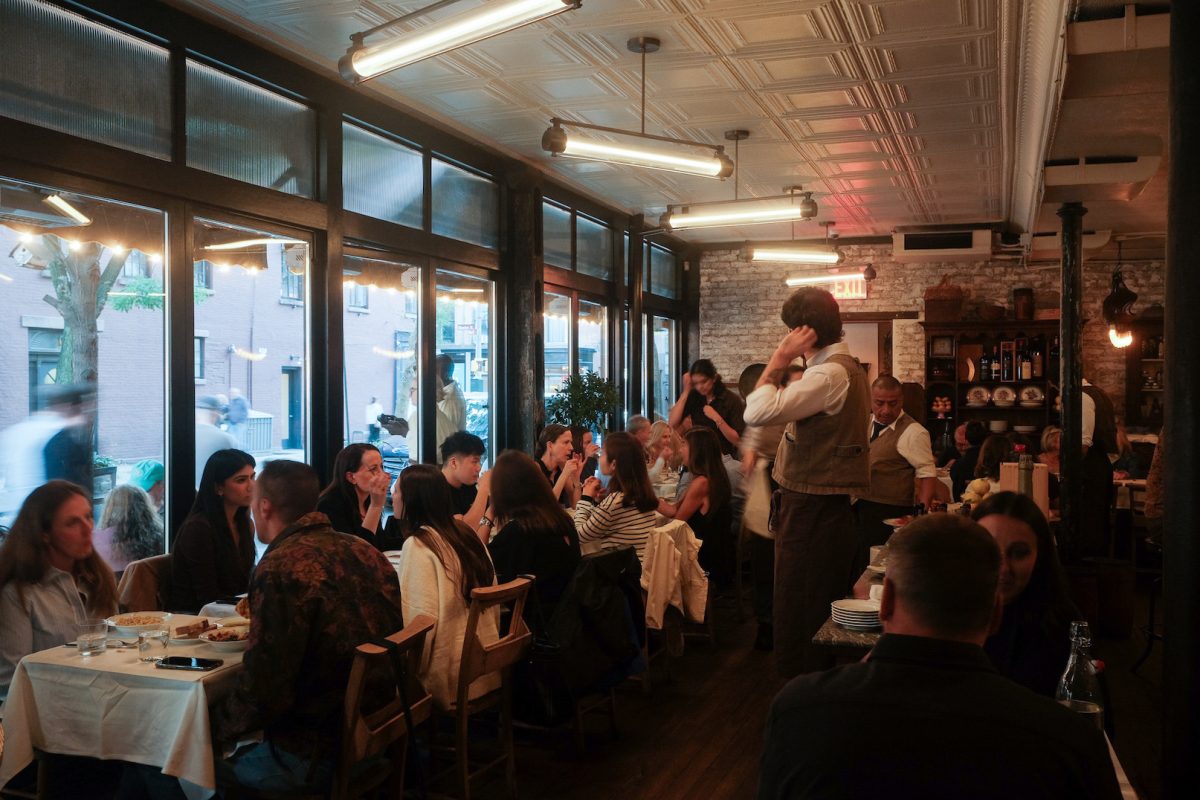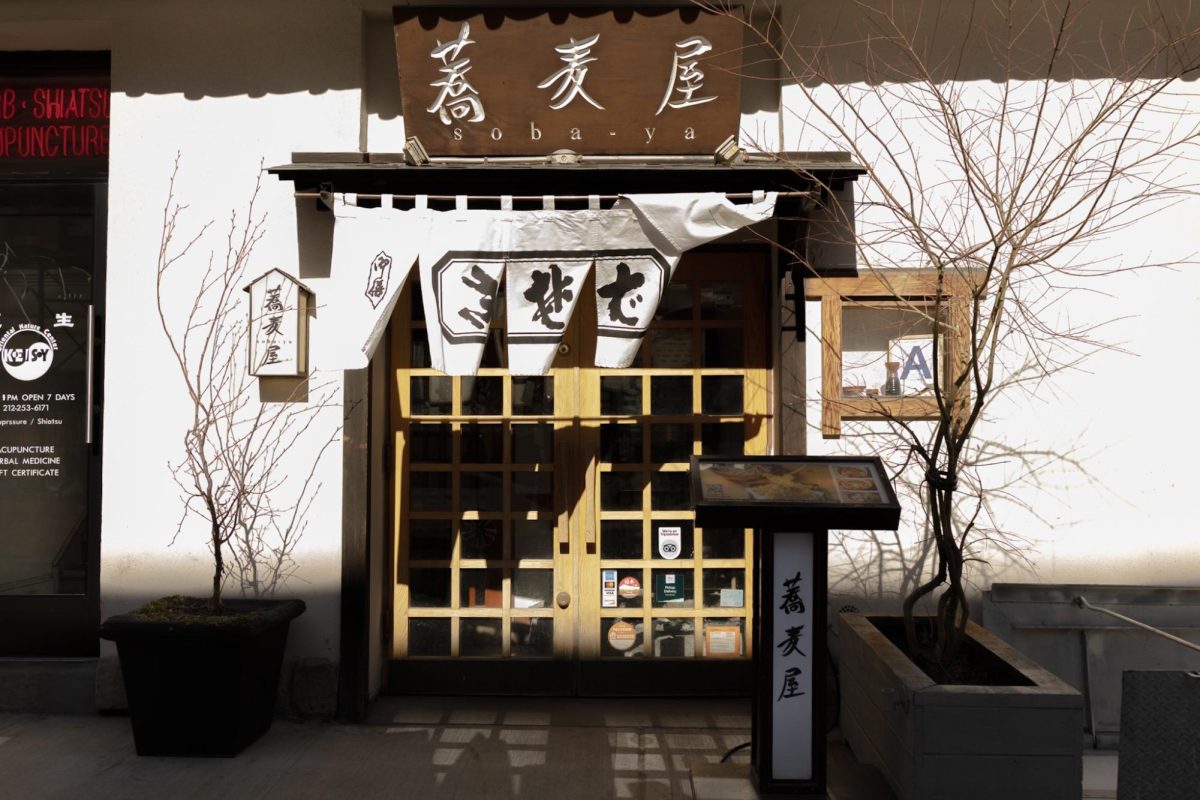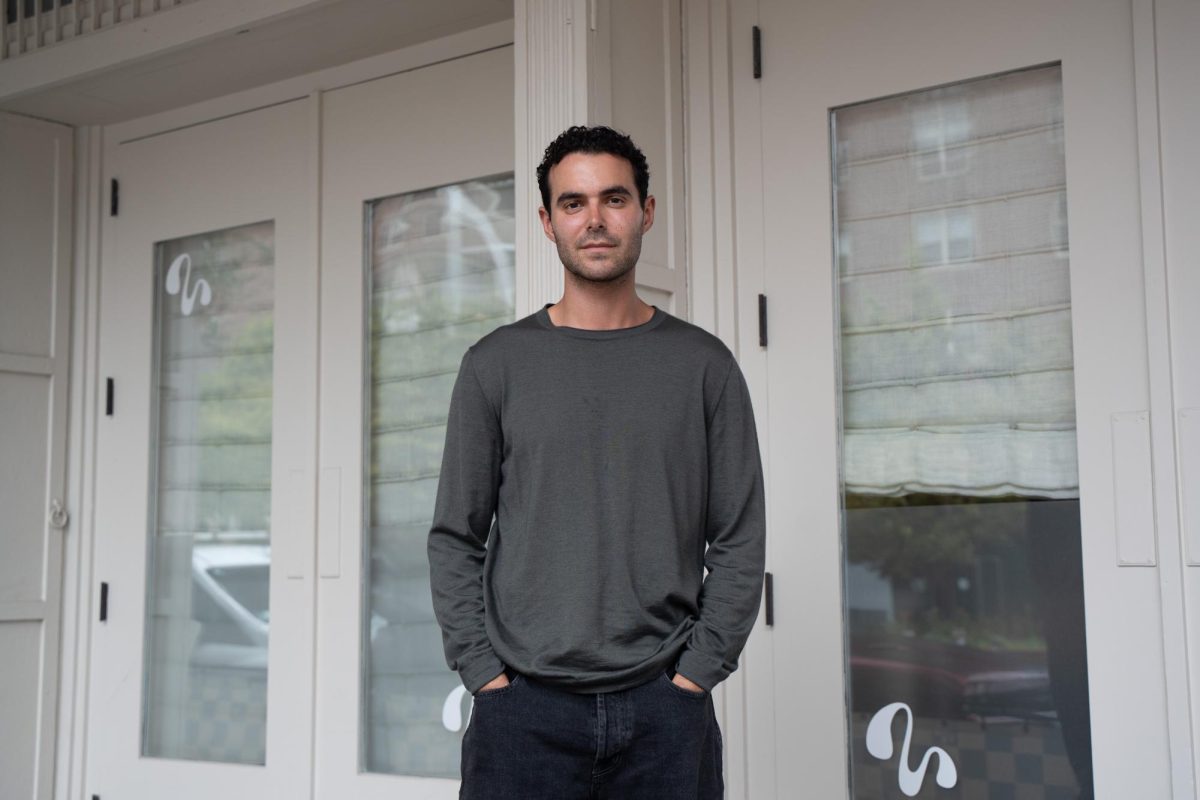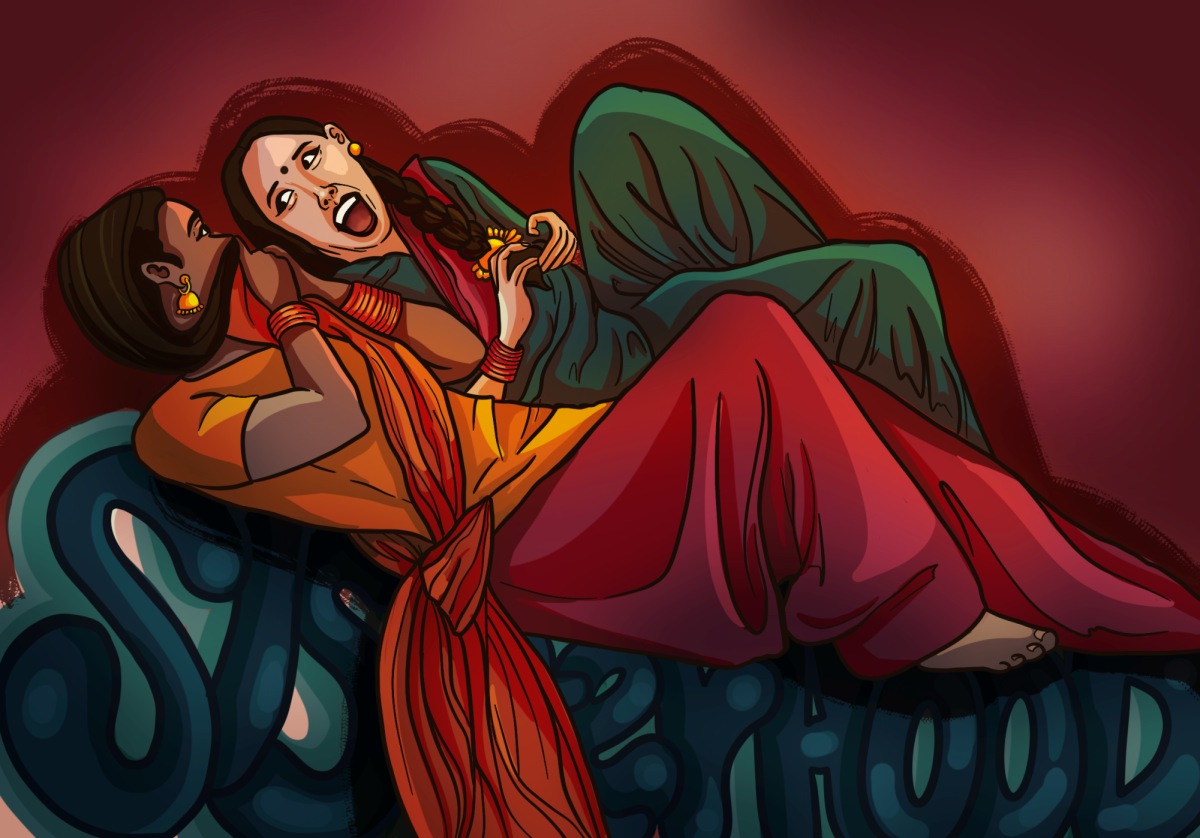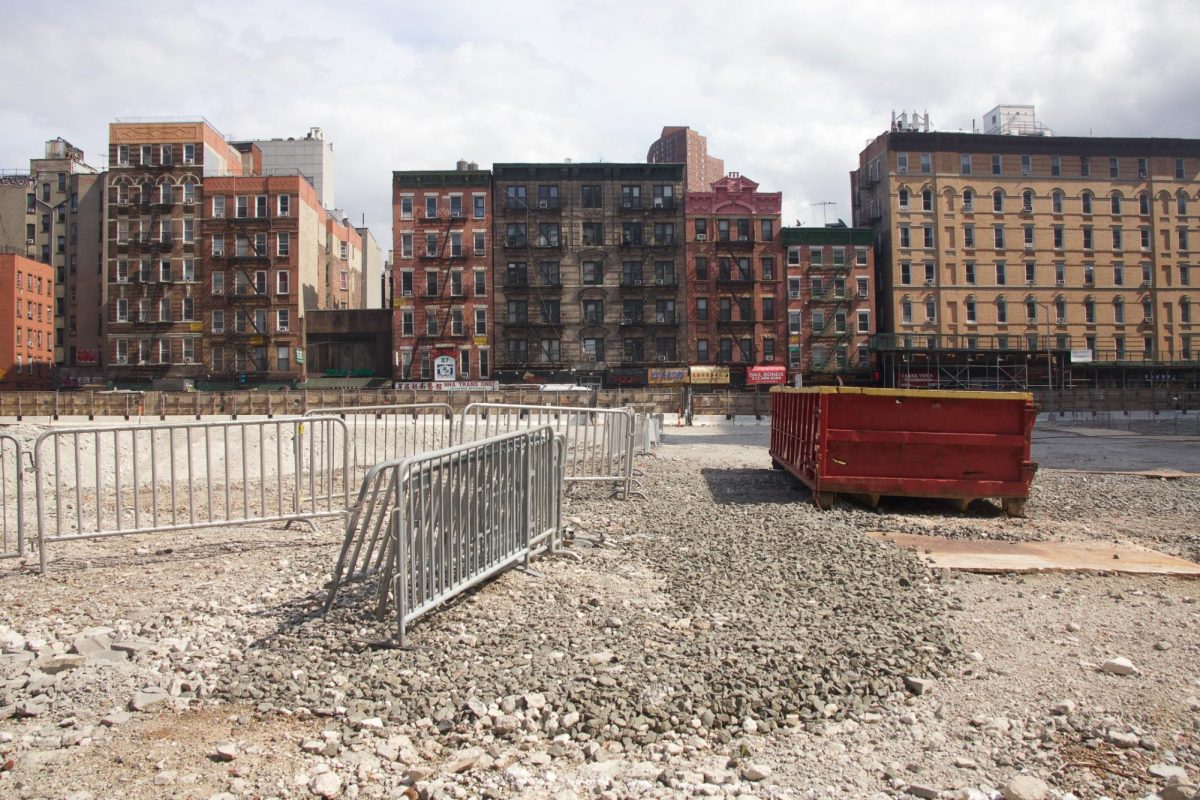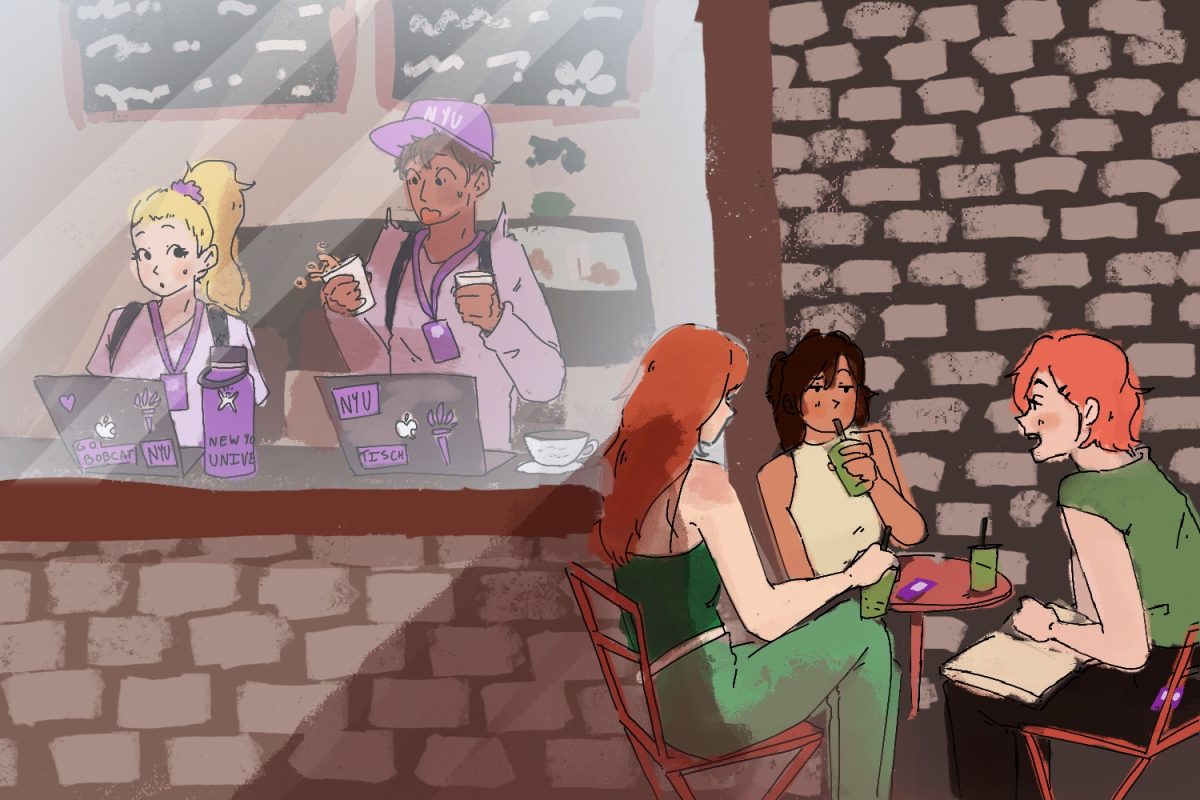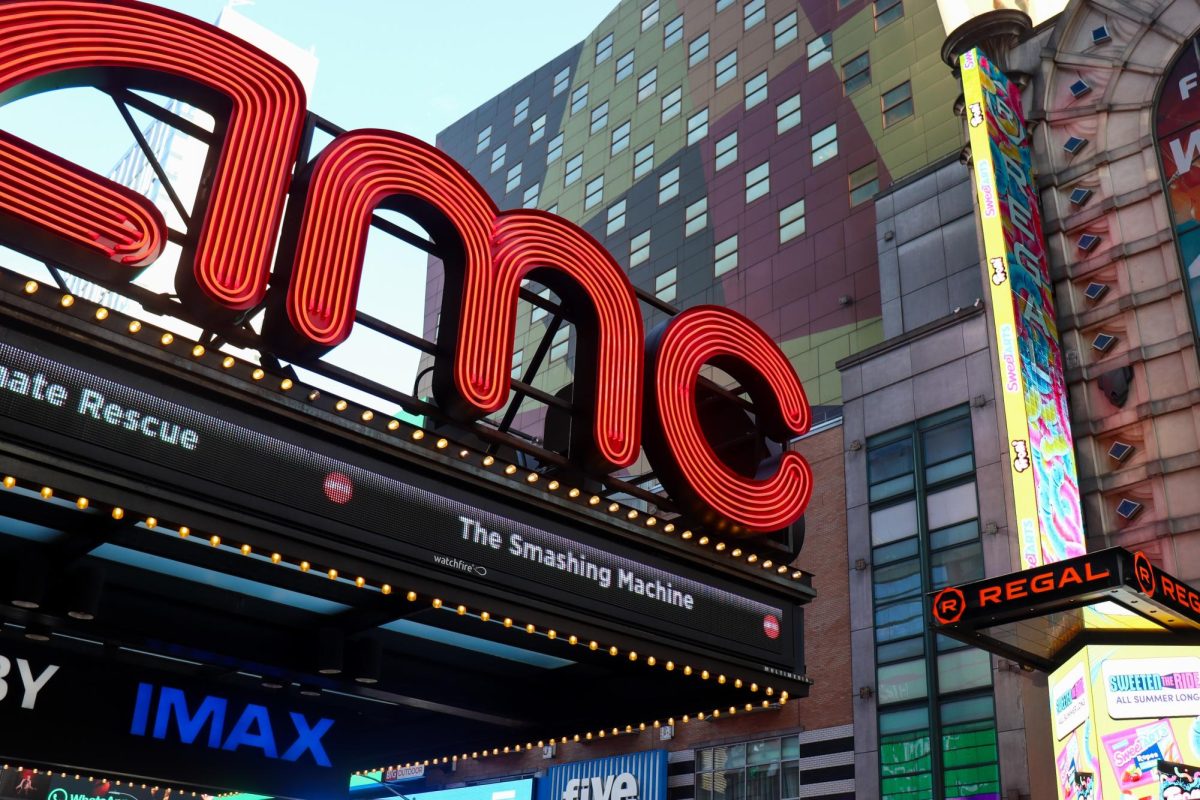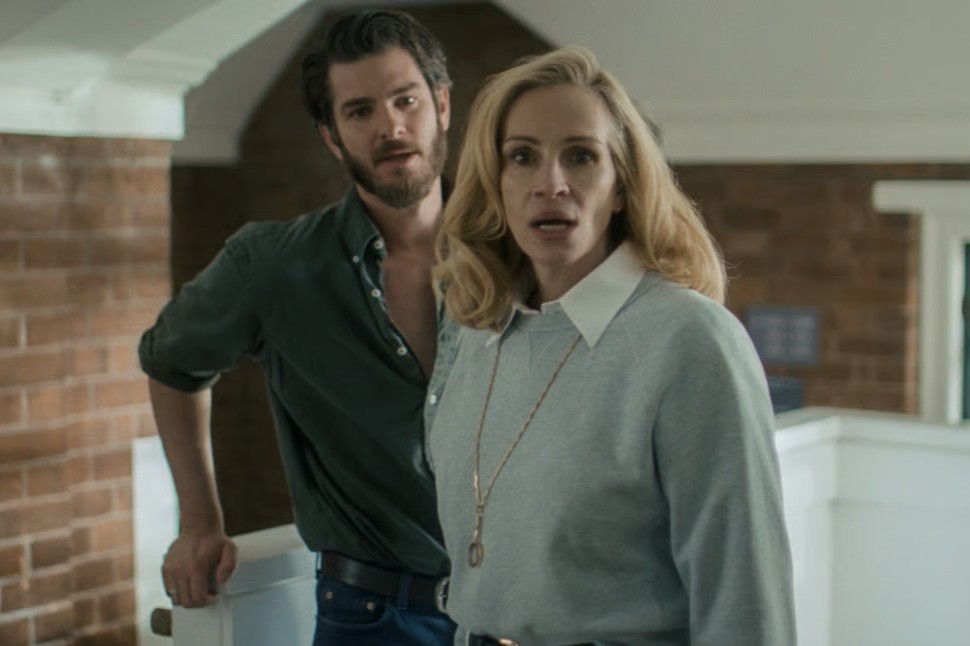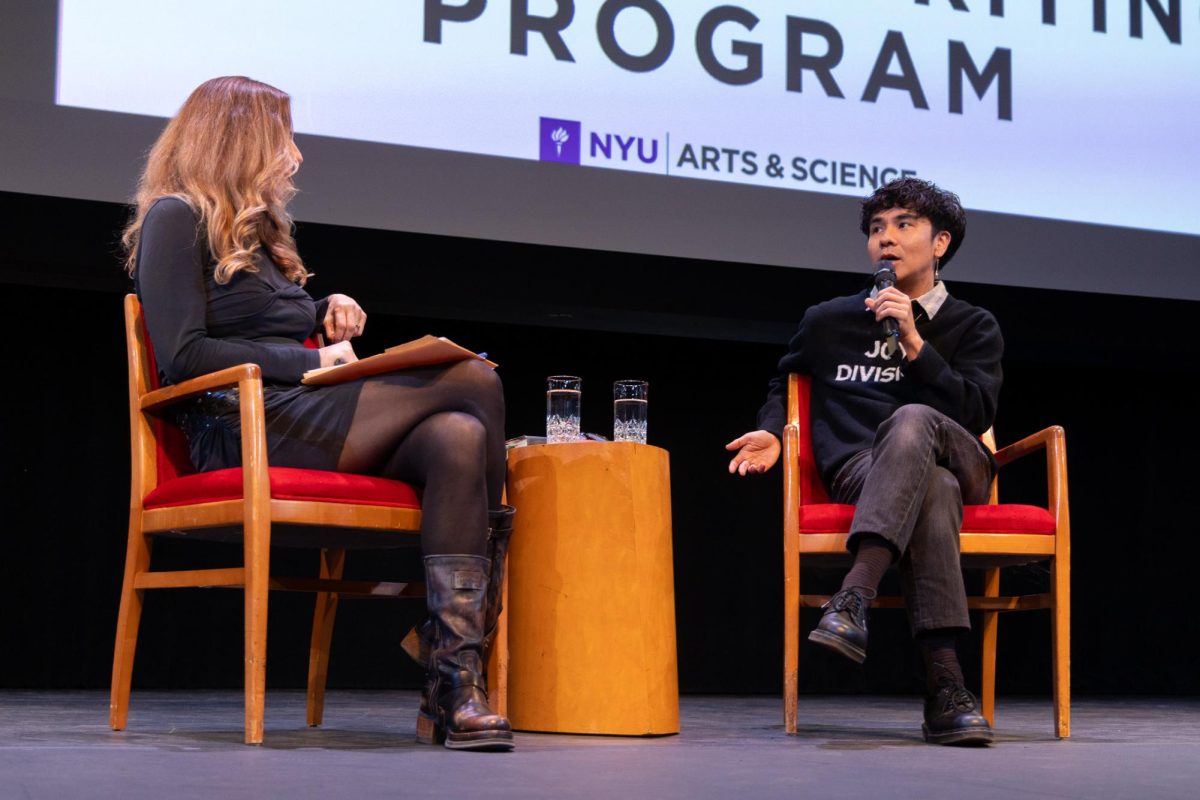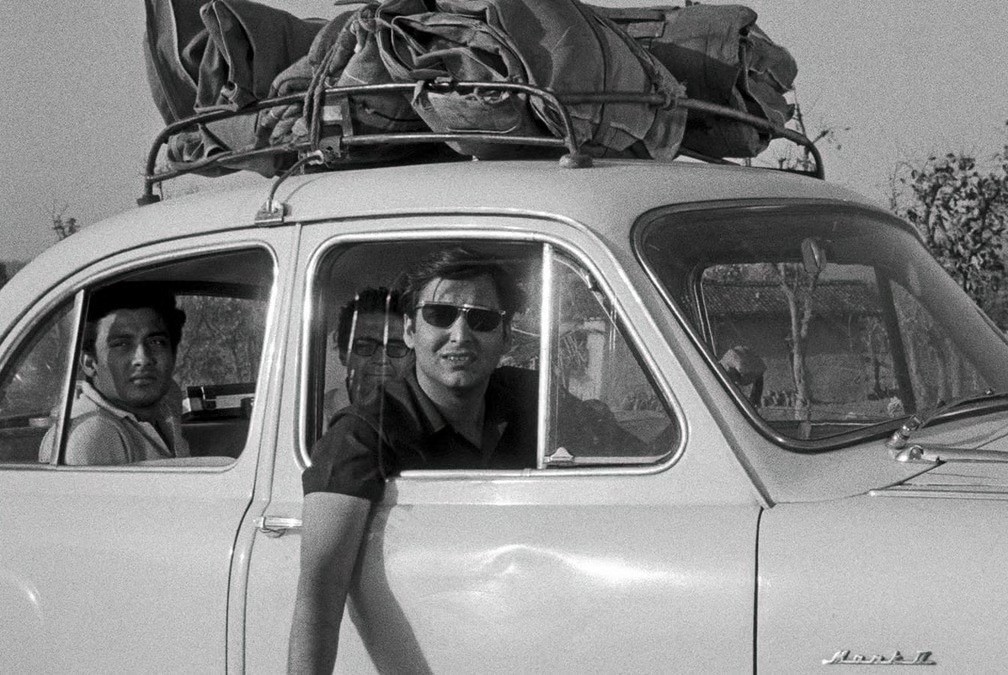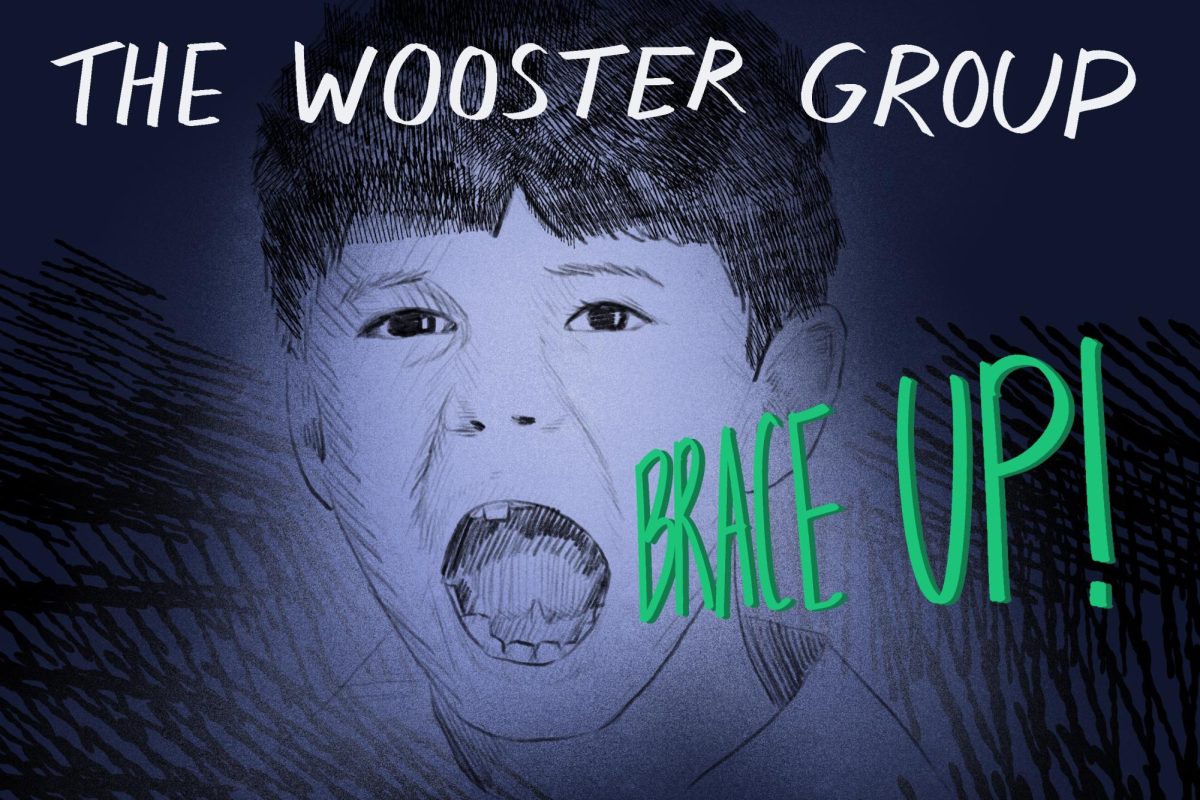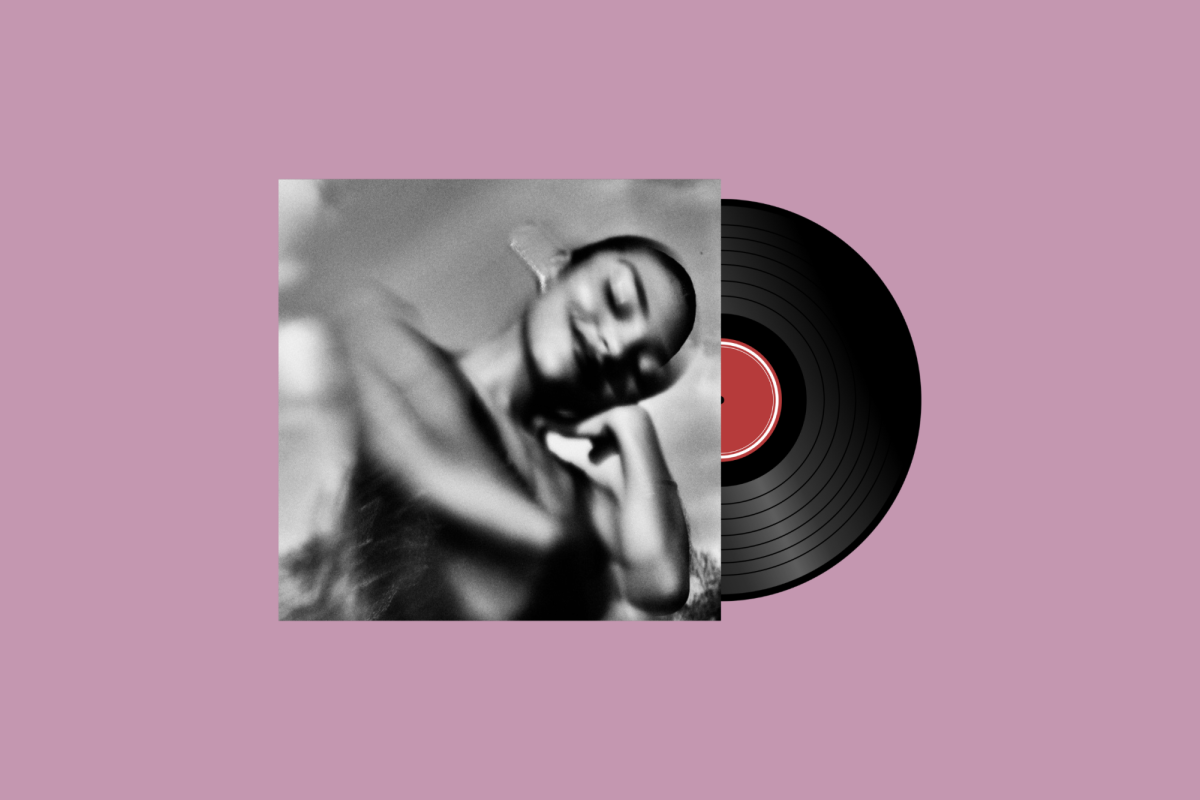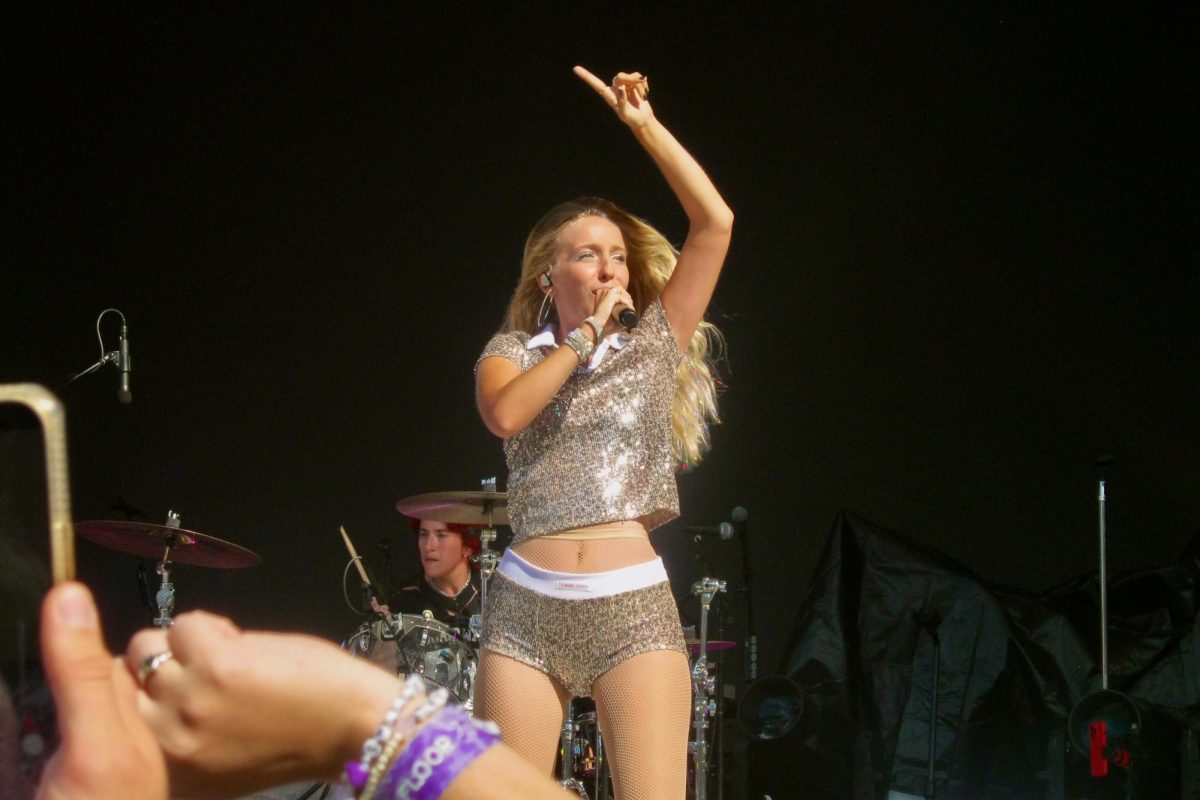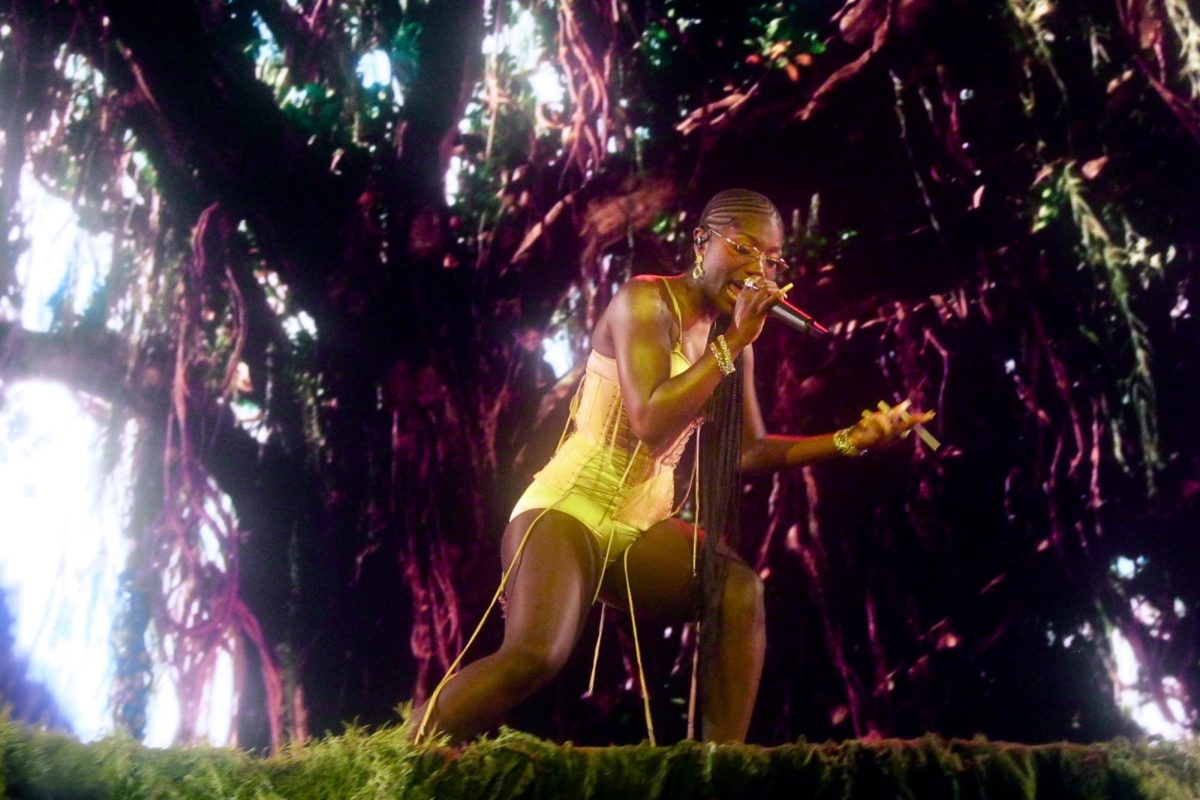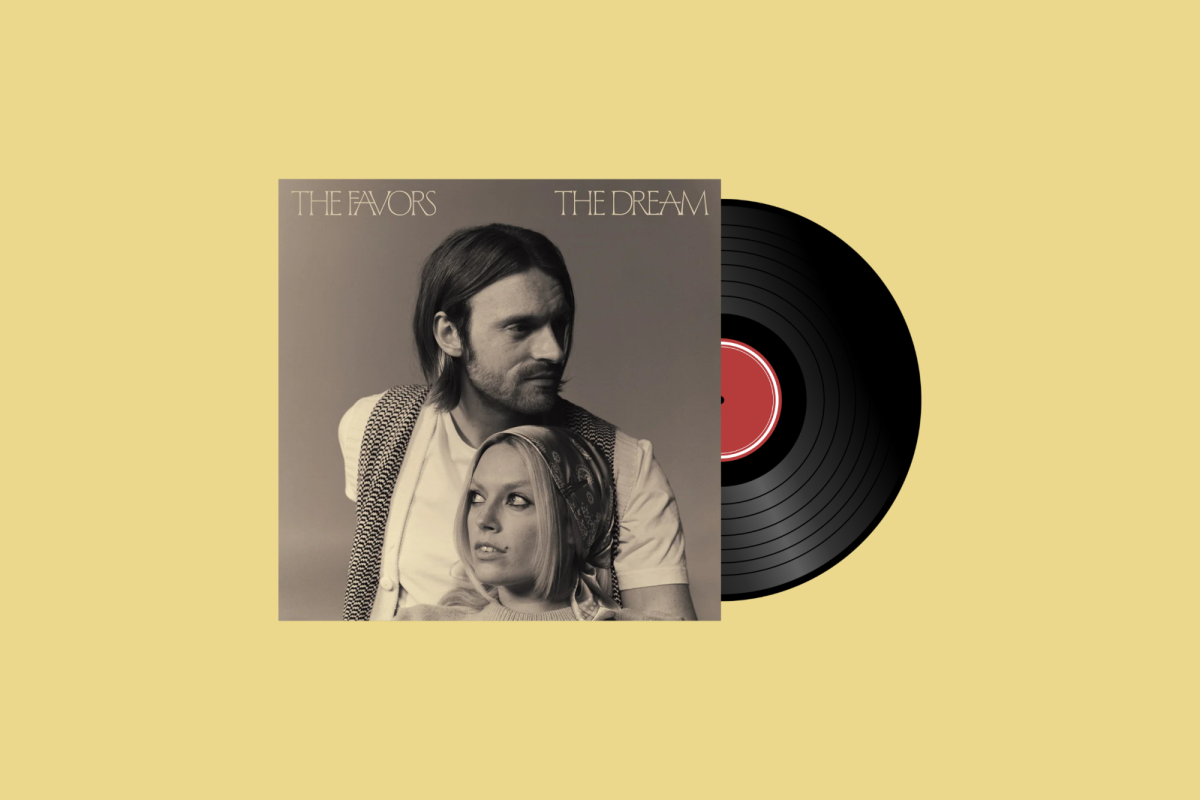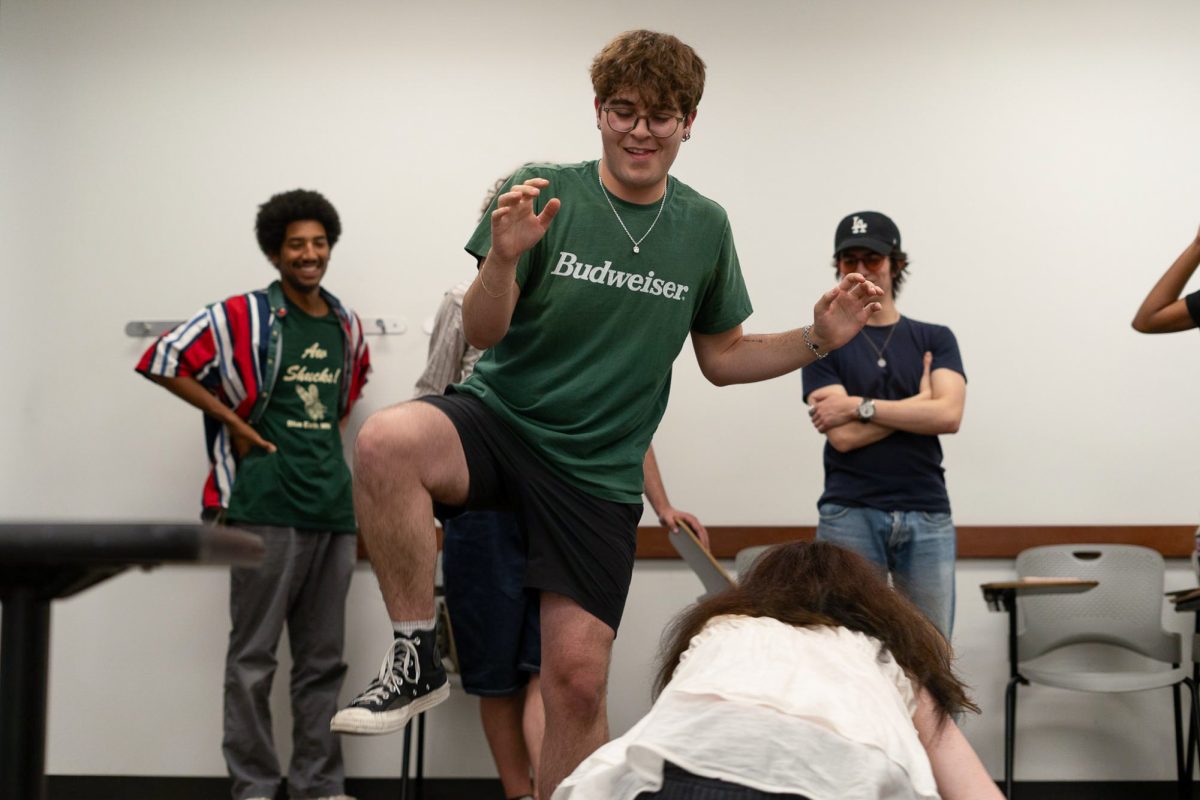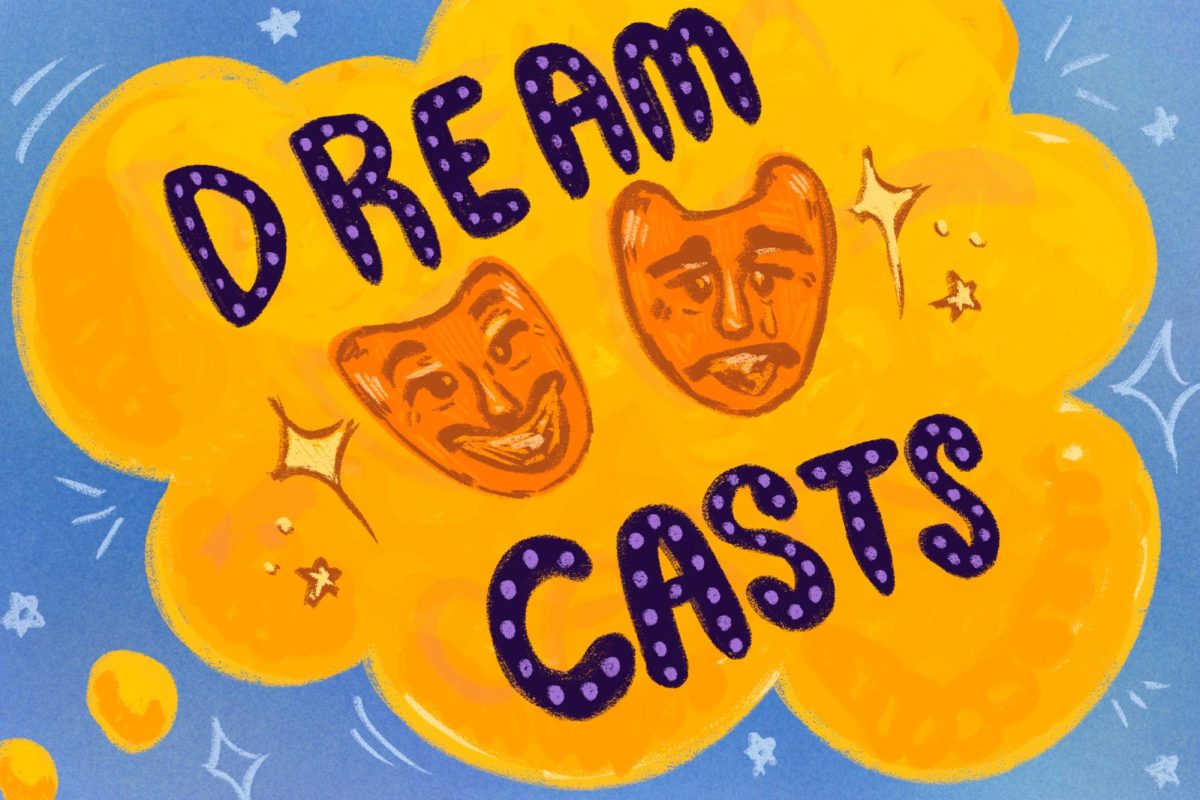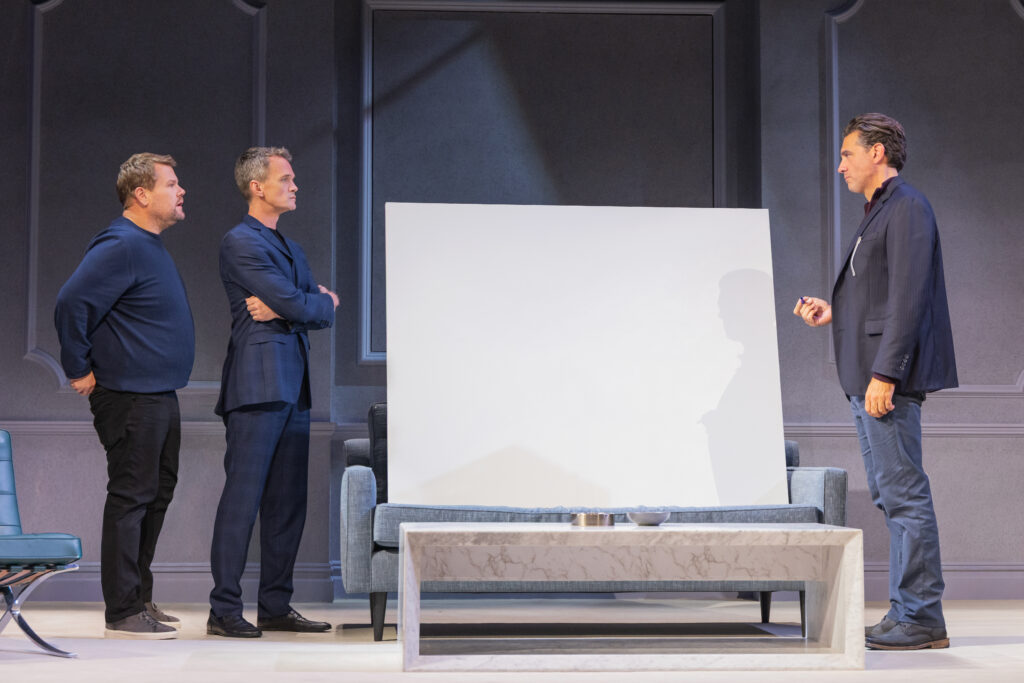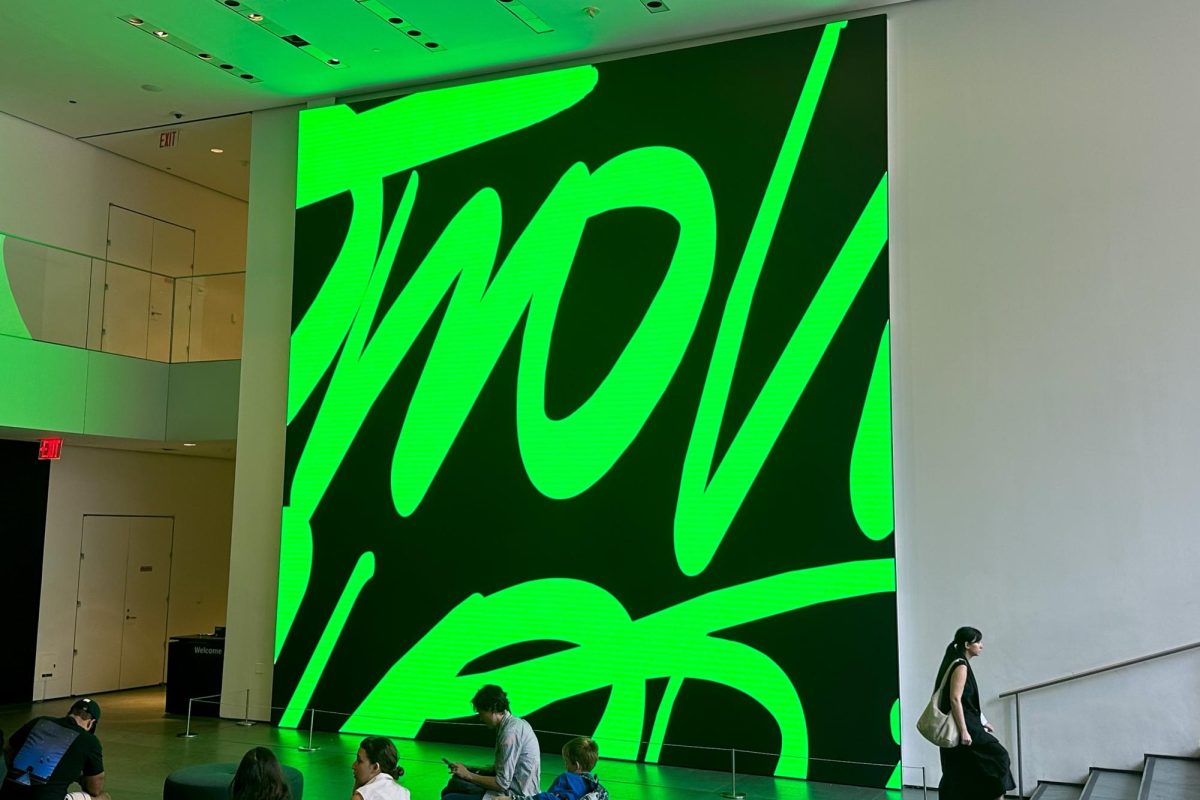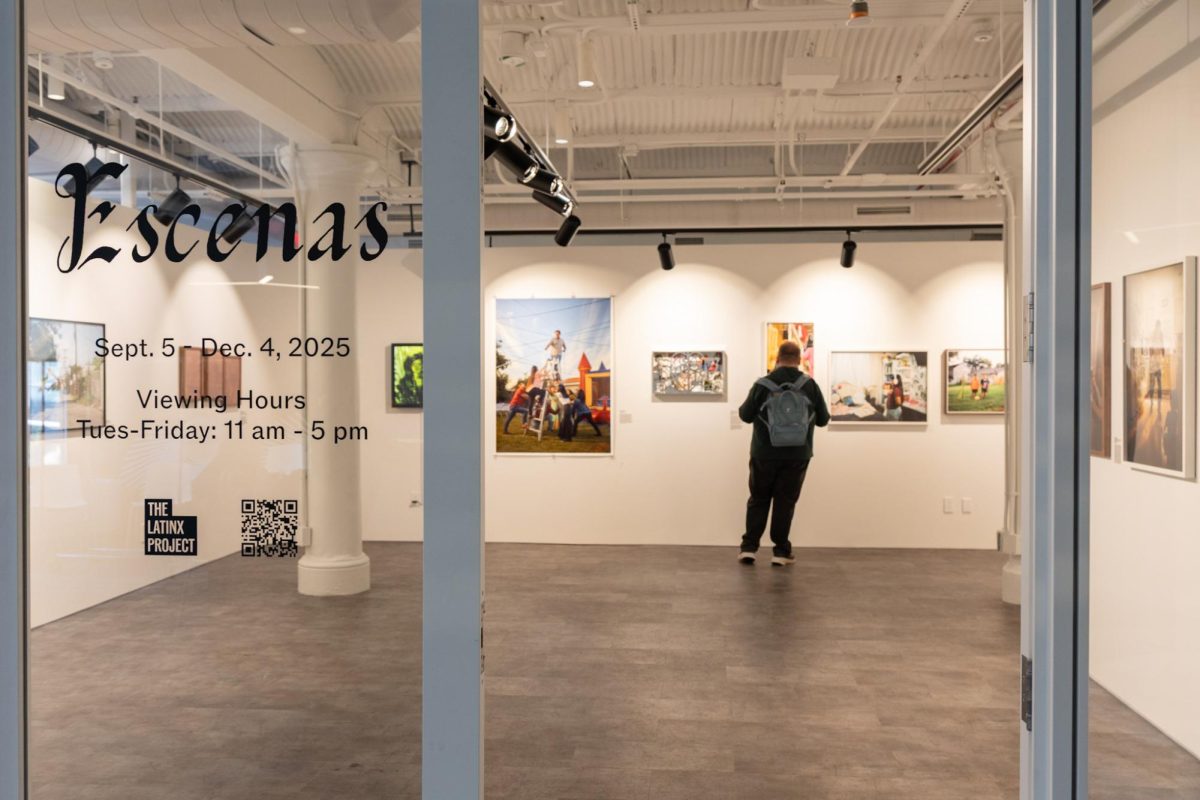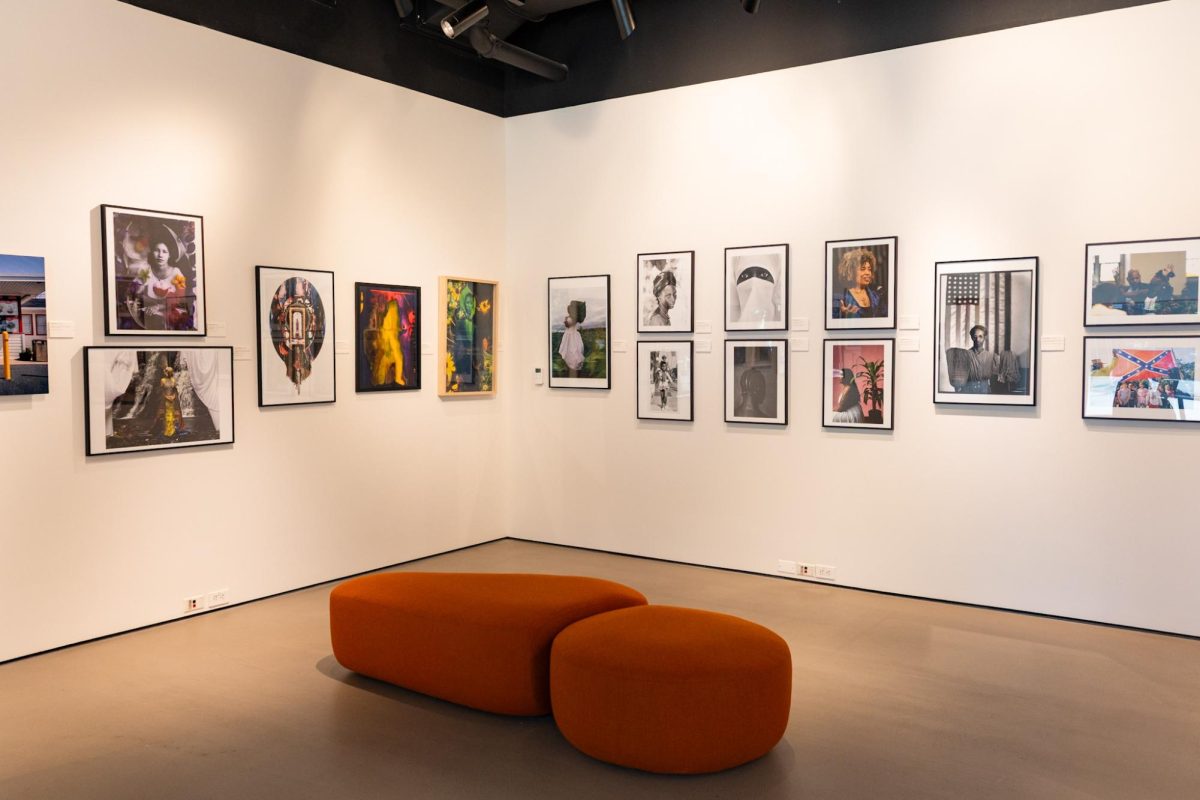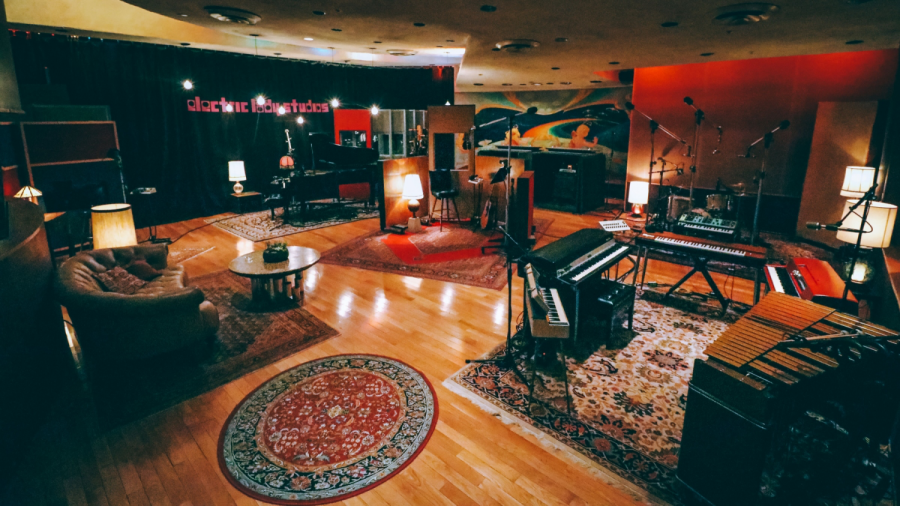Chances are, Greenwich Village locals don’t recognize the rather drab and aesthetically unappealing building they pass by almost everyday on 52 W. 8th St., wholly unaware of the fact that their favorite artists are probably right there, churning out their best hits. Electric Lady Studios, the brainchild of rock and guitarist legend Jimi Hendrix and fledgling architect and acoustician John Storyk, was the first artist-owned recording studio upon its opening on Aug. 26, 1970. Half a century later it still stands tall as a fabled space in the music industry.
The building boasts a long history before Hendrix chanced upon it, originally built in 1929 as the Film Guild Cinema by architectural theoretician Frederick Keisler, who envisioned it to be “the first 100% cinema” and incorporated features of modernist design. It simultaneously ran NBC’s first country music program from 1948 to 1950, which spawned from the country themed nightclub in the basement of the building called “The Village Barn.” Electric Lady Studios has seen more than just seen music and film culture, having housed expressionist painter Hans Hoffman, who regularly lectured in a studio there from 1938 and well into the 1950s. Keeping up with the cinematic theme of the building, it contained the famous Eighth Street Playhouse until 1992, which screened the “Rocky Horror Picture Show” along with its floorshow every Friday and Saturday for 11 years.
Upon being turned into The Generation Club in 1967, a popular music venue frequented by music icons like Hendrix, Janis Joplin, B.B. King, Chuck Berry and Sly, it cemented its place in New York’s history and caught the eye of Hendrix who wished to turn it into a hybrid nightclub and artist studio. However, Eddie Kramer, Hendrix’s loyal technician, convinced him otherwise. Having dealt with Hendrix’s pedantic nature and his need for a perfect recording environment, as well as the enormous studio fee that accompanied his lengthy album “Electric Ladyland,” Kramer insisted on redesigning the space into the ultimate recording studio: one that was ideal for Hendrix’s creativity.
Electric Lady Studios is certainly one of a kind. It’s been described as a “psychedelic lair” of sorts, with multicolor lights, erotic sci-fi paintings and posters and curved walls. The old-time look is completed by the preference for analog over digital recording and editing equipment in the studios. Today, the striking round, bubble door and large, reflective windows remain as Electric Lady Studios’ most iconic features. Now housed in the same building as Mount Sinai Medical Centre and wedged next to a pricey stationery store, it’s almost jarring to imagine legends like Hendrix or Patti Smith just lingering around the corner for a quick smoke.
The rounded window and distinctive bubble letter logo was retained to pay homage to Hendrix, who died from a heroin overdose just three weeks after the opening of his dream studio. Electric Lady Studios served as the location of Hendrix’s last studio recording: the instrumental piece “Slow Blues,” but it definitely wasn’t the last major recording to have graced its walls.
Since then notable punk and rock artists such as Kiss, Led Zeppelin, Bob Dylan, John Lennon, Patti Smith, David Bowie, The Rolling Stones’, AC/DC and Daft Punk have all made musical history there. Electric Lady Studios was absolutely buzzing till the early 2000s, with many artists fondly revisiting it, similar to how one revisits their first apartment. Then, with the emergence of cheaper and revolutionary recording technology that now allowed artists to record from the comfort of their homes, the studio remained unbooked for 10 months in 2005 and was resold to investor Keith Stoltz several years later.
This new technology should have marked the end of Electric Lady Studios, just as it gutted other Manhattan-based recording studios at the time (like The Hit Factory, Power Station and Sony Studios), but it survived and miraculously flourished under the guidance of its new studio manager Lee Foster, a then-27 year old former Electric Lady intern from Tennessee. His immense loyalty and respect for the former glory of the famous studios led him right back to its bubble door and reflective windows only to find it in shambles; a pizza box had been used to fill up the space of a broken ceiling tile and the walls were covered with cheap framed cutouts from a Jimi Hendrix calendar. He described Electric Lady as a “sick human being”, one that was “pale gray and gaunt and tired.” Whilst everyone else was demoralized, Foster was determined to restore the studio’s reputation.
Foster overworked himself mercilessly, waking up at 7:30 in the morning to take a quick walk around the neighborhood, after having spent the night at the studio using piano covers for blankets, only to return in time for the doors to open. He initially took it upon himself to rework the foundations of the studio: carpentry, painting and plumbing. A little less than two years later he had been promoted to studio manager and given a year to re-energize Electric Lady, otherwise it would shut down for good. This led him to hang around backstage at downtown clubs, hounding anyone who could get in a good word for him and scouting potential artists.
One fateful morning, Foster was startled awake by a phone call at 5 a.m. from Ryan Adams, who was waiting right outside the studio. He impromptu recorded the song “Two” and, over the course of 9 months, proceeded to record the rest of his album “Easy Tiger”. The success of this album led Patti Smith to book the studio for her 2007 album “Twelve.” Since then, Electric Lady Studios has been back in business, seeing the likes of this generation’s musical giants of all genres, from Kanye West to Taylor Swift.
Foster and Stoltz now run Electric Lady Studios as equal business partners, and Foster sums up why their partnership works perfectly, “We have a great relationship. He gives me the latitude to fail and learn from it — to be brave in business.”
Eighth Street itself gives one whiplash, almost like someone tried to put together a singular jigsaw puzzle with pieces from two different sets. There are the old buildings, filled to the brim with history yet fading away into the background, and the new chain stores that awkwardly try to find their place among them. The little Mount Sinai hospital might be the only way someone with no background in the music industry would chance upon Electric Lady Studios. A Goodwill store and Hustler sex toy shop dot the street too. None of these establishments, however, take away from the authenticity and cultural significance Eighth Street holds, only adding to its character and telling us a different story: the story of how Eighth Street in Greenwich Village resisted gentrification and managed to come out mangled but alive. The existence of Electric Lady Studios is testament to this. It lies there amongst the other jigsaw pieces, completely unassuming until you’ve gotten to it, but impossible to disregard once you have.
Email Vaishnavi Naidu at [email protected].



